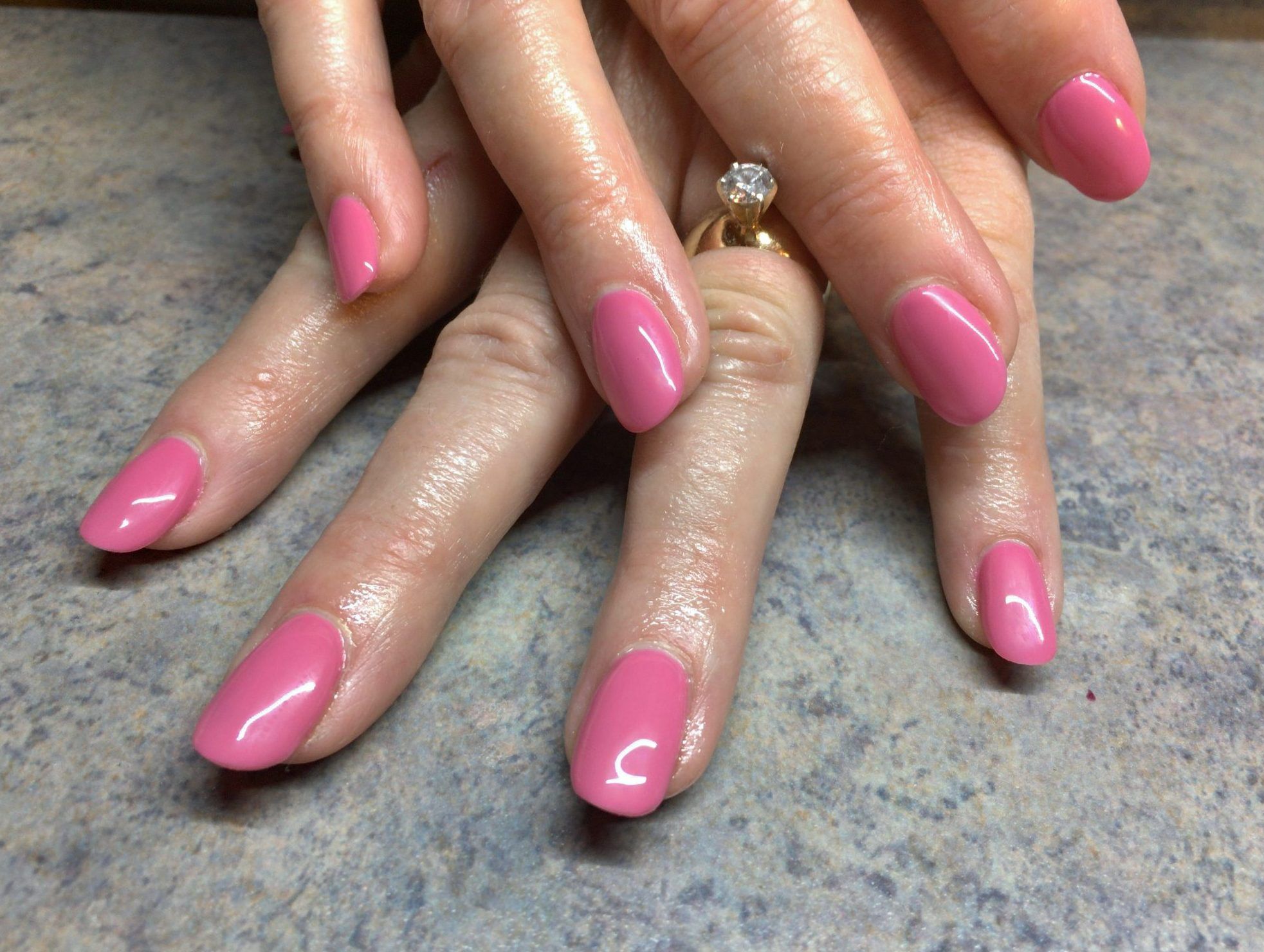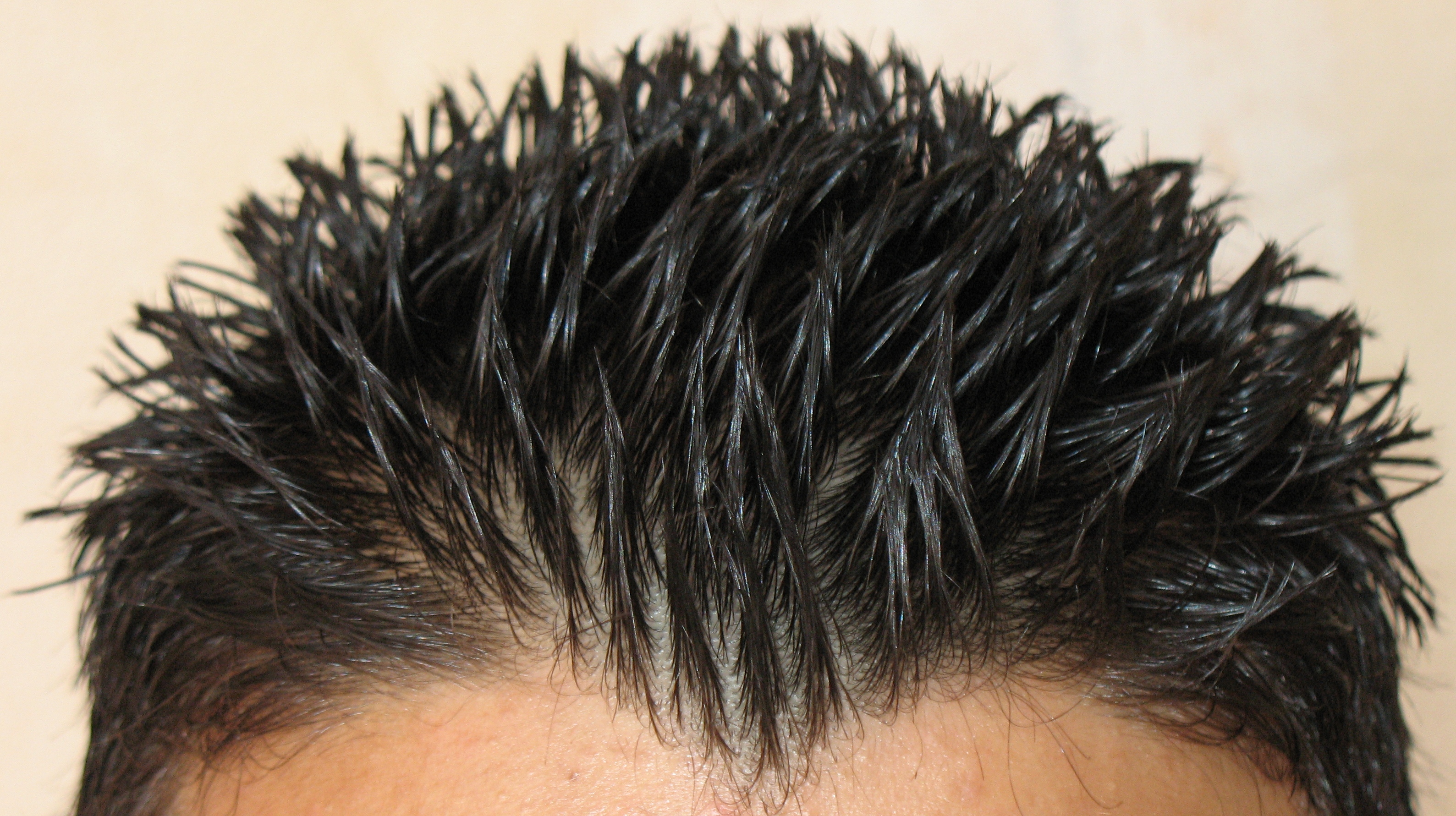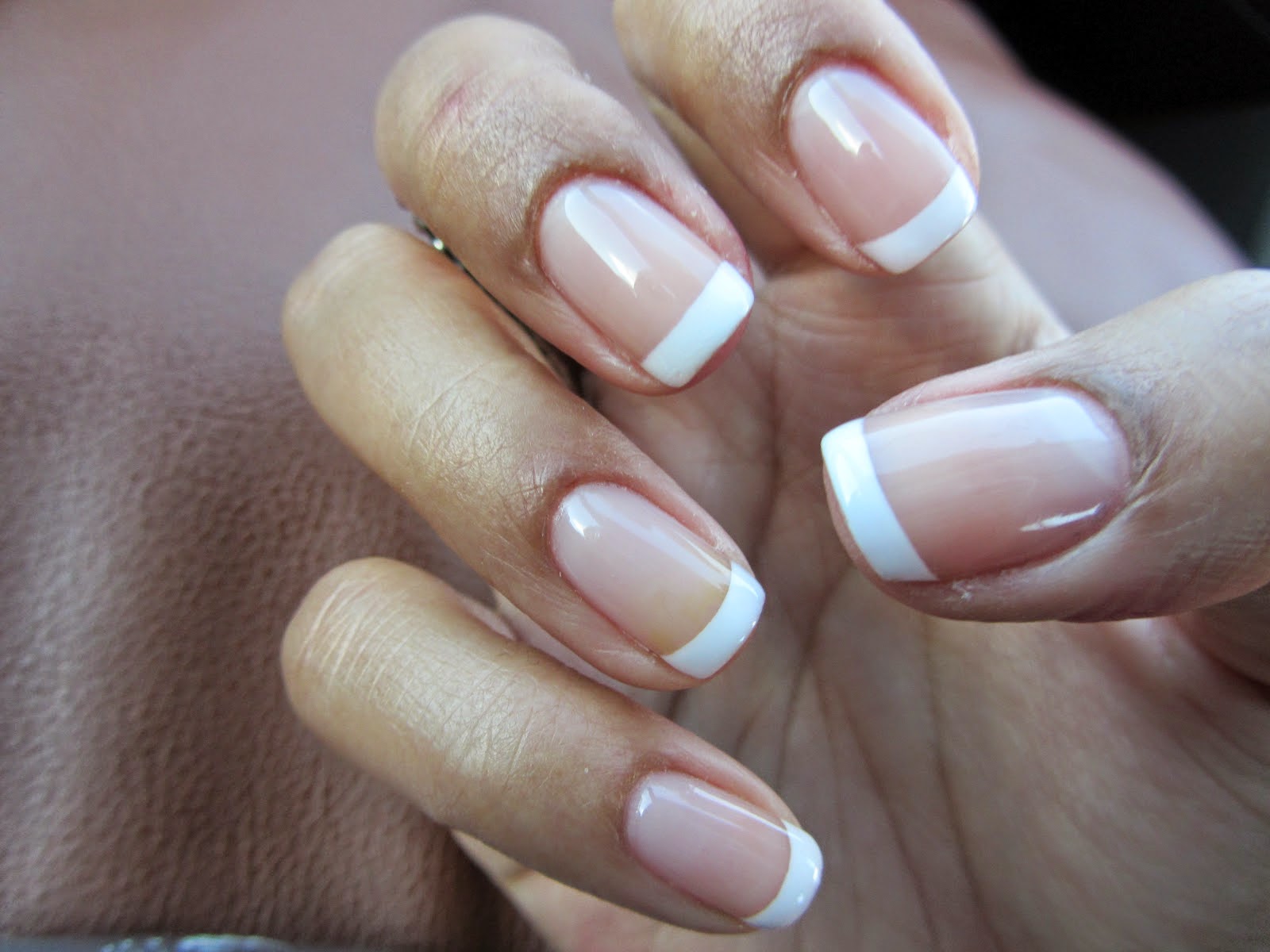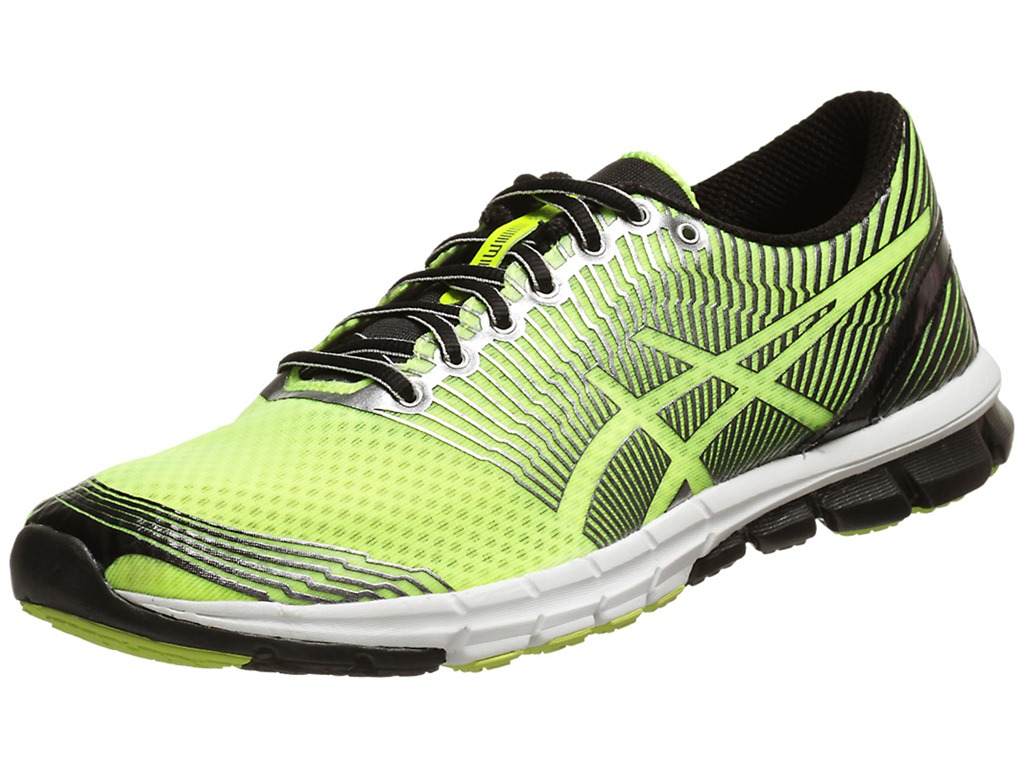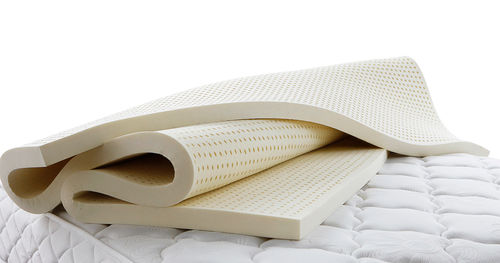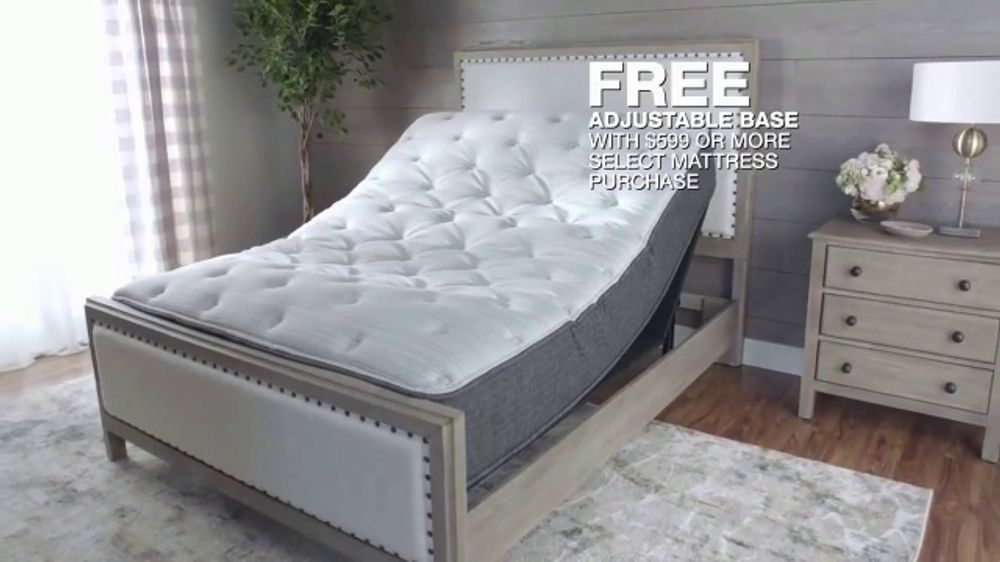Memory foam is one of the most popular choices for mattress topper filling. This type of foam is made from a material called viscoelastic, which is designed to contour to your body's shape, providing customized comfort and support. Memory foam is known for its ability to relieve pressure points and reduce motion transfer, making it a great choice for couples who have different sleeping preferences. It also has hypoallergenic properties, making it ideal for those with allergies or respiratory issues.Memory Foam
Latex is another popular choice for mattress topper filling. This material is made from the sap of rubber trees and is known for its durability and responsiveness. It provides a balance of both comfort and support, making it a great option for those who suffer from back pain. Latex is also naturally resistant to dust mites and mold, making it a hypoallergenic choice for those with allergies.Latex
Feather mattress topper fillings are made from the outer feathers of ducks or geese. This type of filling is known for its soft and fluffy texture, providing a plush sleeping surface. It also has good temperature regulation, keeping you warm in the winter and cool in the summer. However, it may not provide enough support for those with back or joint pain.Feather
Down is similar to feather fillings, but it comes from the inner plumage of ducks and geese. It is known for its luxurious and soft feel, making it a popular choice for high-end bedding. Down mattress toppers provide a comfortable and warm sleeping surface, but they may not offer enough support for those with back pain. They are also not recommended for those with allergies.Down
Wool is a natural material that is known for its temperature-regulating properties. It can keep you warm in the winter and cool in the summer, making it a great all-season mattress topper filling. It is also hypoallergenic and can provide good support for those with back pain. However, some people may find it too firm or scratchy for their liking.Wool
Cotton is a soft and breathable material that is commonly used in mattress toppers. It is lightweight and provides a comfortable sleeping surface. Cotton mattress toppers are also hypoallergenic and can provide good support for those with back pain. However, they may not be as durable as other filling types and can become lumpy over time.Cotton
Polyester is a synthetic material that is commonly used in mattress toppers. It is lightweight and provides a soft and plush sleeping surface. It is also hypoallergenic and can provide good support for those with back pain. However, it may not be as durable as other filling types and can flatten over time.Polyester
Bamboo is a natural and eco-friendly material that is becoming increasingly popular in mattress toppers. It is known for its soft and breathable properties, making it a great choice for those who tend to overheat at night. Bamboo mattress toppers are also hypoallergenic and can provide good support for those with back pain. However, they may not be as durable as other filling types.Bamboo
Microfiber is a synthetic material that is designed to mimic the softness and plushness of down. It is lightweight and provides a comfortable sleeping surface. Microfiber mattress toppers are also hypoallergenic and can provide good support for those with back pain. However, they may not be as durable as other filling types and can flatten over time.Microfiber
Gel mattress topper fillings are made from a combination of gel and foam. This type of filling is known for its ability to regulate body temperature and provide a cool and comfortable sleeping surface. Gel mattress toppers are also great for relieving pressure points and providing support for those with back pain. However, they may not be as durable as other filling types and can be more expensive.Gel
The Benefits of Memory Foam Mattress Toppers

What is Memory Foam?
 Memory foam is a type of polyurethane material that is known for its ability to conform to the shape of the body, providing support and pressure relief. This unique material was first developed by NASA in the 1960s to improve the safety and comfort of aircraft cushions. Today, memory foam is widely used in mattresses, pillows, and mattress toppers.
Memory foam is a type of polyurethane material that is known for its ability to conform to the shape of the body, providing support and pressure relief. This unique material was first developed by NASA in the 1960s to improve the safety and comfort of aircraft cushions. Today, memory foam is widely used in mattresses, pillows, and mattress toppers.
Why Choose a Memory Foam Mattress Topper?
 Memory foam mattress toppers are a popular choice for enhancing the comfort and support of a mattress. This is because they offer numerous benefits, including:
1. Pressure Relief:
Memory foam is designed to conform to the body's shape, which helps to distribute weight evenly and relieve pressure points. This can be especially beneficial for those who suffer from joint pain or have trouble getting comfortable at night.
2. Motion Isolation:
Memory foam has a unique ability to absorb motion, which means that it can greatly reduce the impact of movement on the bed. This is particularly useful for couples who have different sleep schedules or for those who tend to toss and turn throughout the night.
3. Temperature Regulation:
Traditional memory foam can retain heat, making it uncomfortable for some people. However, newer versions of memory foam, such as gel-infused or open-cell foam, are designed to dissipate heat and keep you cool throughout the night.
4. Customization:
Memory foam mattress toppers come in a variety of thicknesses and densities, allowing you to choose the level of support and comfort that best suits your needs.
Memory foam mattress toppers are a popular choice for enhancing the comfort and support of a mattress. This is because they offer numerous benefits, including:
1. Pressure Relief:
Memory foam is designed to conform to the body's shape, which helps to distribute weight evenly and relieve pressure points. This can be especially beneficial for those who suffer from joint pain or have trouble getting comfortable at night.
2. Motion Isolation:
Memory foam has a unique ability to absorb motion, which means that it can greatly reduce the impact of movement on the bed. This is particularly useful for couples who have different sleep schedules or for those who tend to toss and turn throughout the night.
3. Temperature Regulation:
Traditional memory foam can retain heat, making it uncomfortable for some people. However, newer versions of memory foam, such as gel-infused or open-cell foam, are designed to dissipate heat and keep you cool throughout the night.
4. Customization:
Memory foam mattress toppers come in a variety of thicknesses and densities, allowing you to choose the level of support and comfort that best suits your needs.
How to Choose the Right Memory Foam Mattress Topper
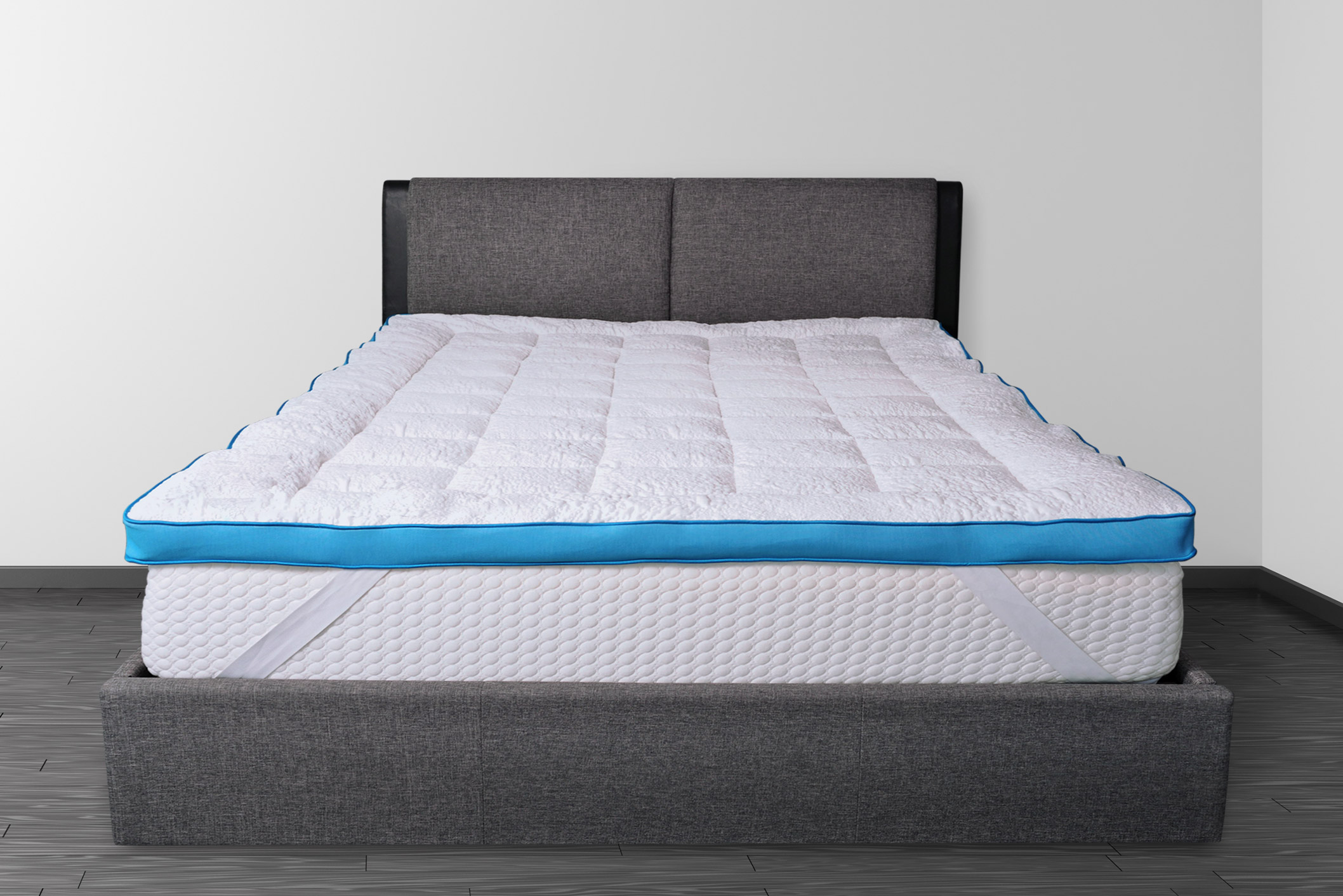 When shopping for a memory foam mattress topper, there are a few key factors to consider to ensure you get the best one for your needs:
1. Density:
The density of memory foam is measured in pounds per cubic foot. Higher density foam tends to be more durable and supportive, while lower density foam is softer and more conforming. The ideal density for a mattress topper is between 3 and 5 pounds per cubic foot.
2. Thickness:
Memory foam mattress toppers typically range from 2 to 4 inches thick. Thicker toppers provide more support and cushioning, but they can also be more expensive. Consider your budget and personal preferences when choosing the thickness.
3. Certifications:
Look for memory foam that is CertiPUR-US certified, meaning it has been tested for harmful chemicals and emissions. This ensures that you are getting a safe and high-quality product.
When shopping for a memory foam mattress topper, there are a few key factors to consider to ensure you get the best one for your needs:
1. Density:
The density of memory foam is measured in pounds per cubic foot. Higher density foam tends to be more durable and supportive, while lower density foam is softer and more conforming. The ideal density for a mattress topper is between 3 and 5 pounds per cubic foot.
2. Thickness:
Memory foam mattress toppers typically range from 2 to 4 inches thick. Thicker toppers provide more support and cushioning, but they can also be more expensive. Consider your budget and personal preferences when choosing the thickness.
3. Certifications:
Look for memory foam that is CertiPUR-US certified, meaning it has been tested for harmful chemicals and emissions. This ensures that you are getting a safe and high-quality product.
Final Thoughts
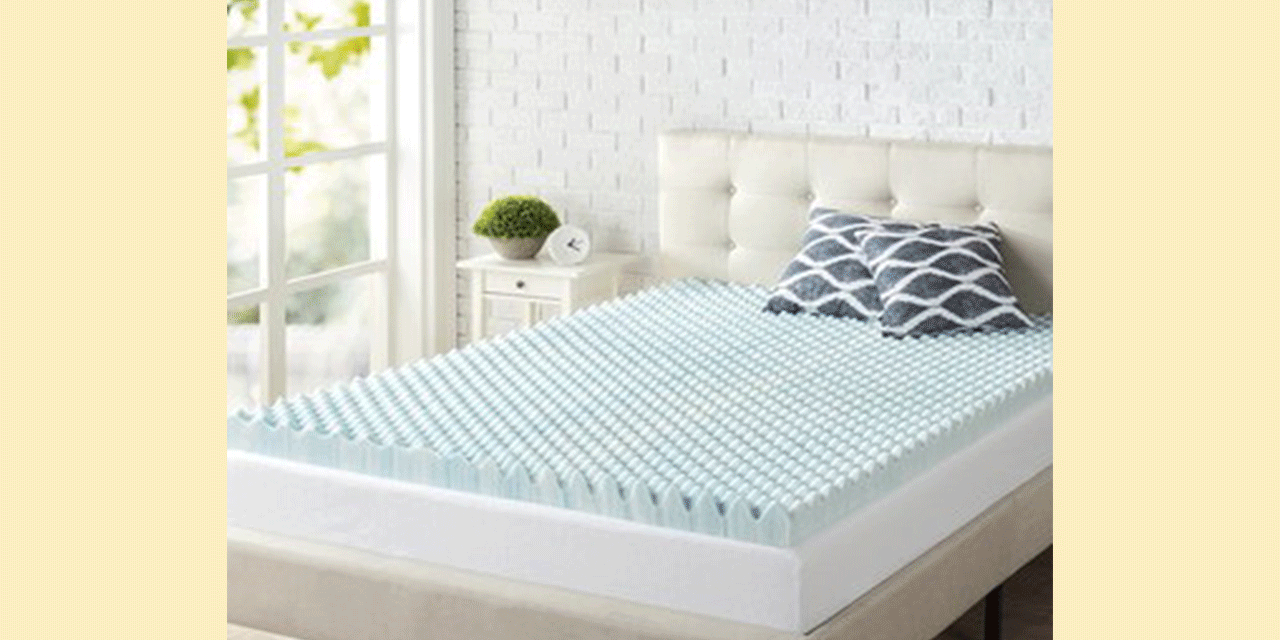 Memory foam mattress toppers are a great way to upgrade the comfort and support of your mattress without having to buy a whole new one. With its ability to relieve pressure points, reduce motion transfer, and provide customizable support, it's no wonder that memory foam is a popular choice for mattress toppers. Consider these benefits and tips when shopping for your own memory foam mattress topper to ensure a better night's sleep.
Memory foam mattress toppers are a great way to upgrade the comfort and support of your mattress without having to buy a whole new one. With its ability to relieve pressure points, reduce motion transfer, and provide customizable support, it's no wonder that memory foam is a popular choice for mattress toppers. Consider these benefits and tips when shopping for your own memory foam mattress topper to ensure a better night's sleep.

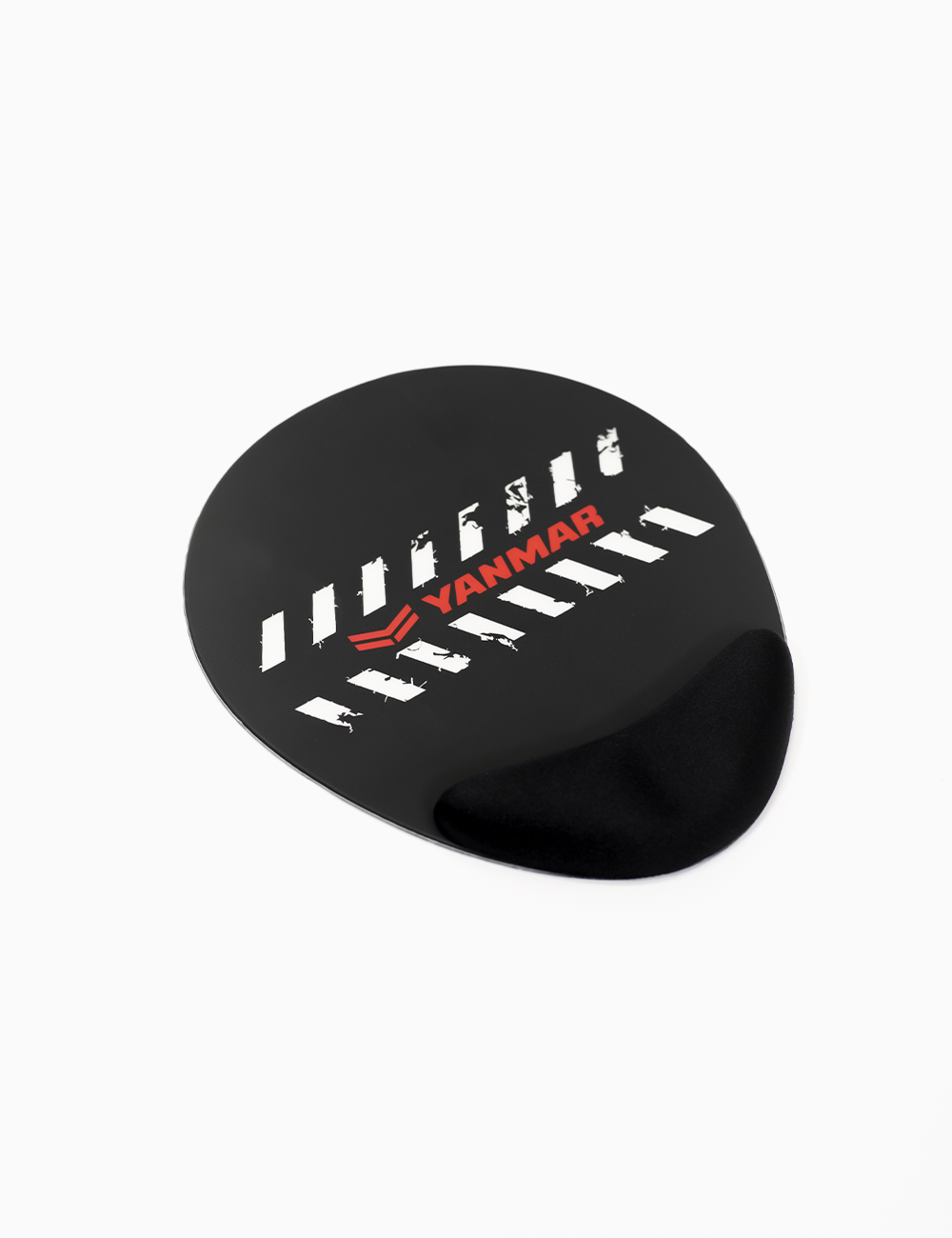
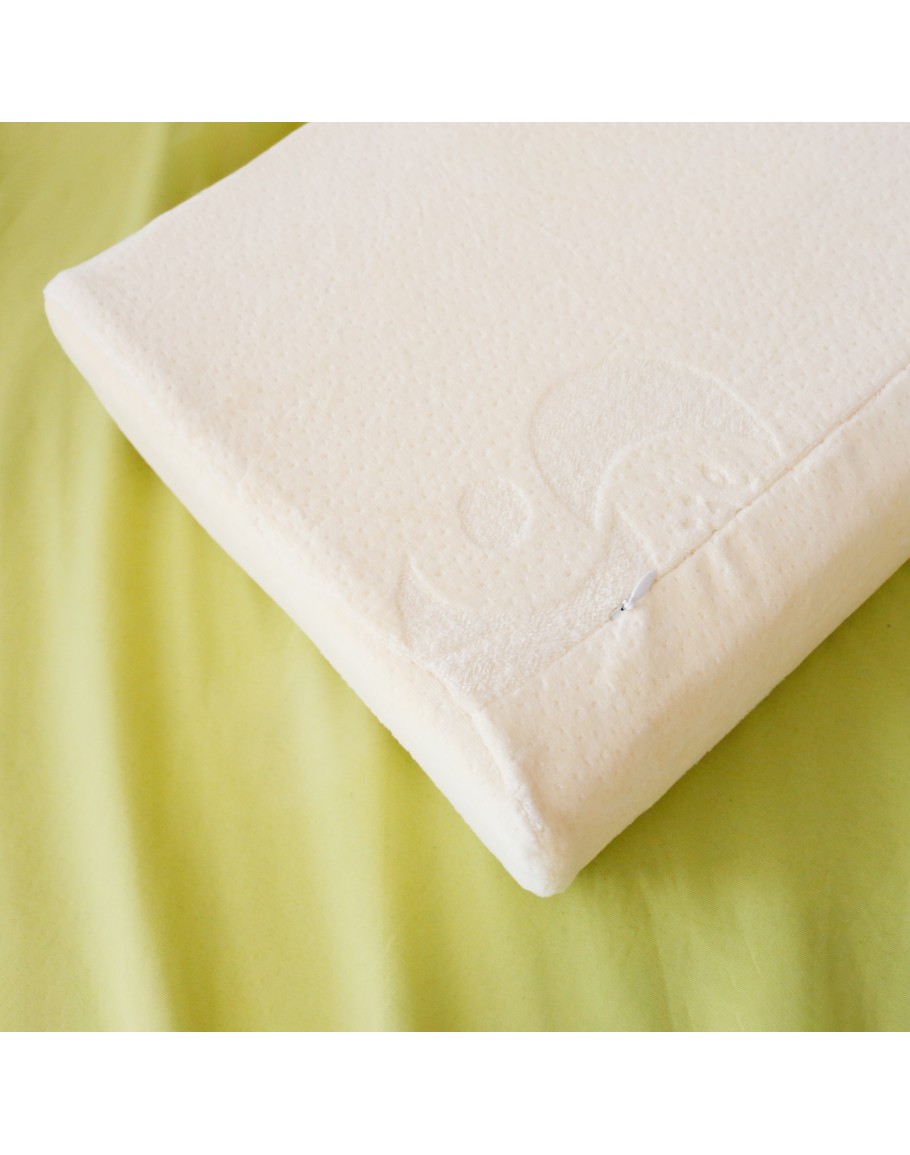


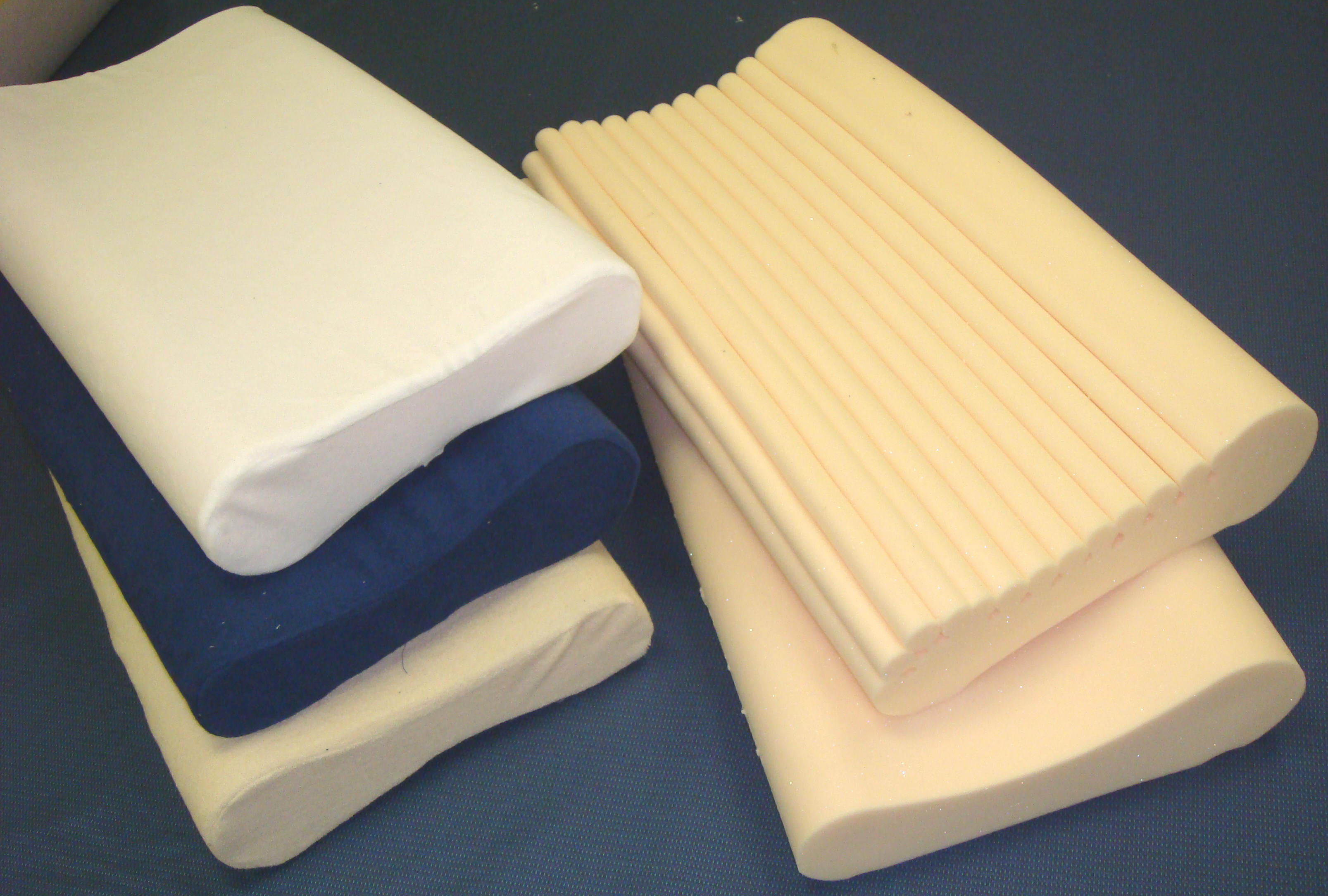

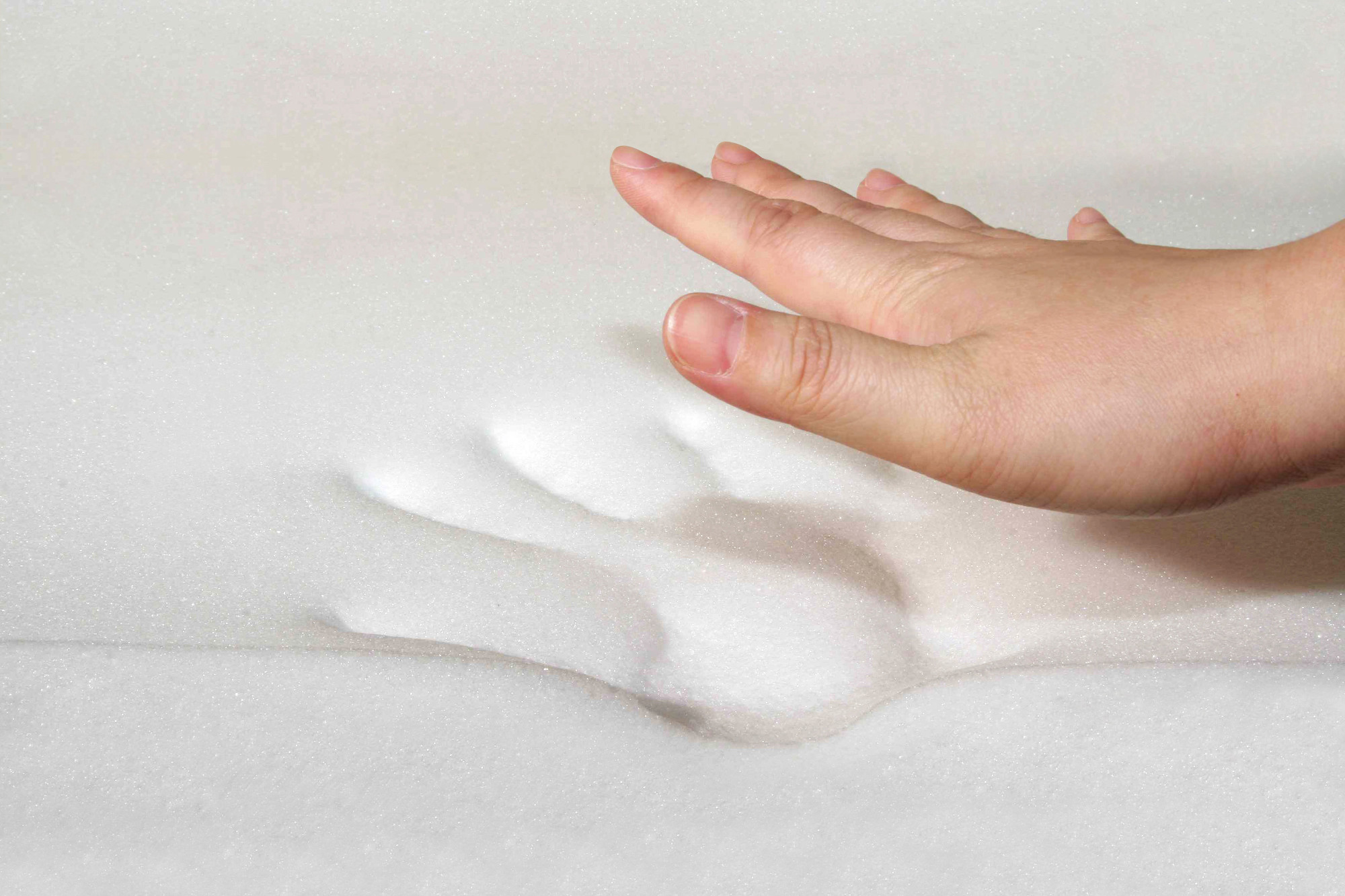
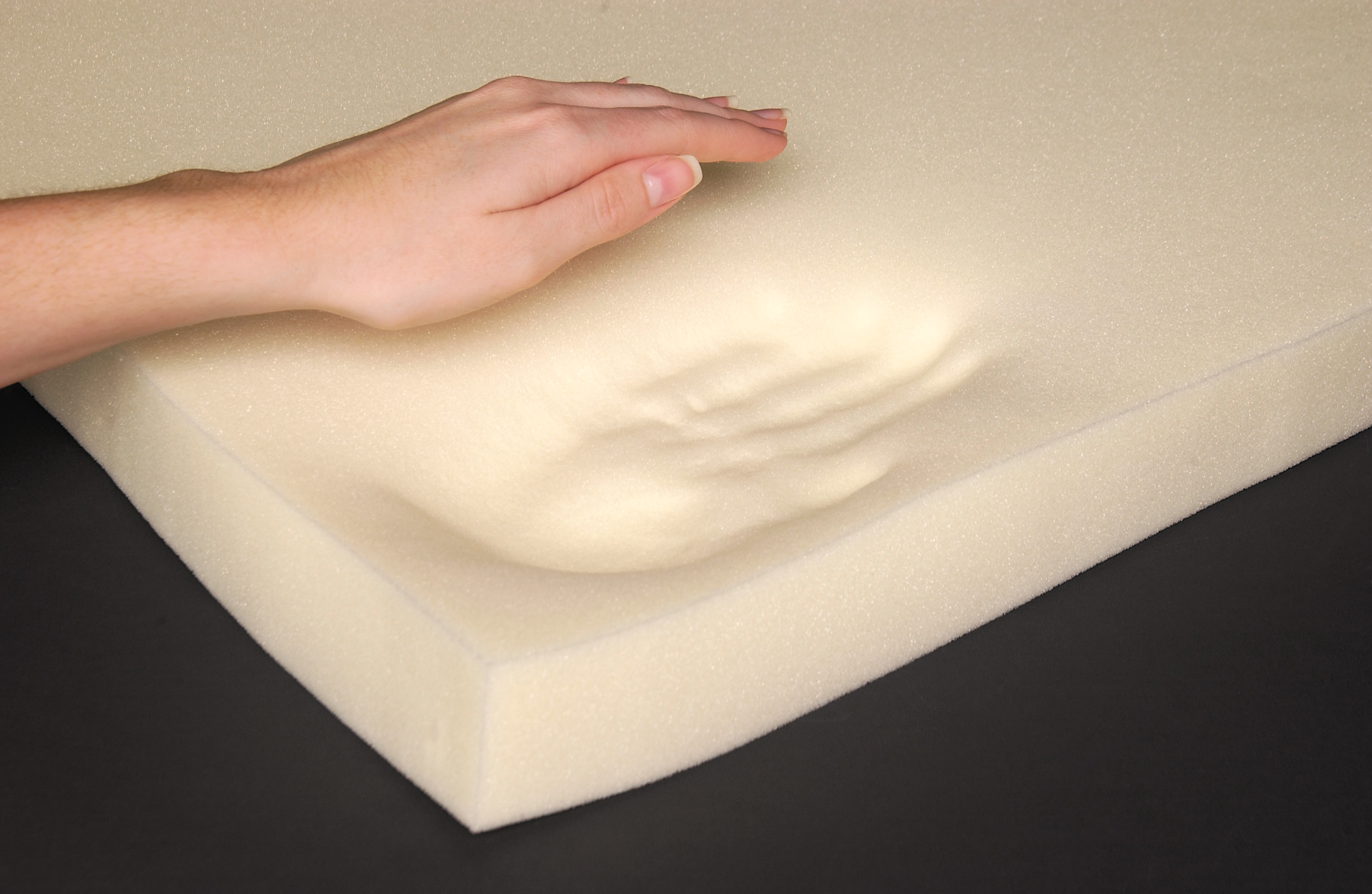
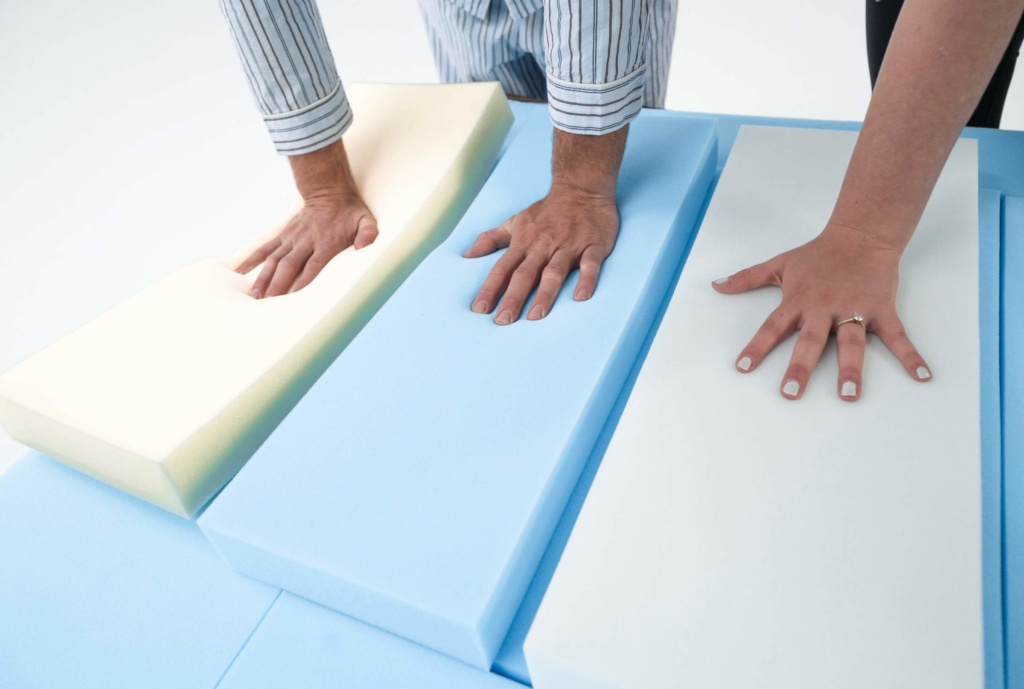
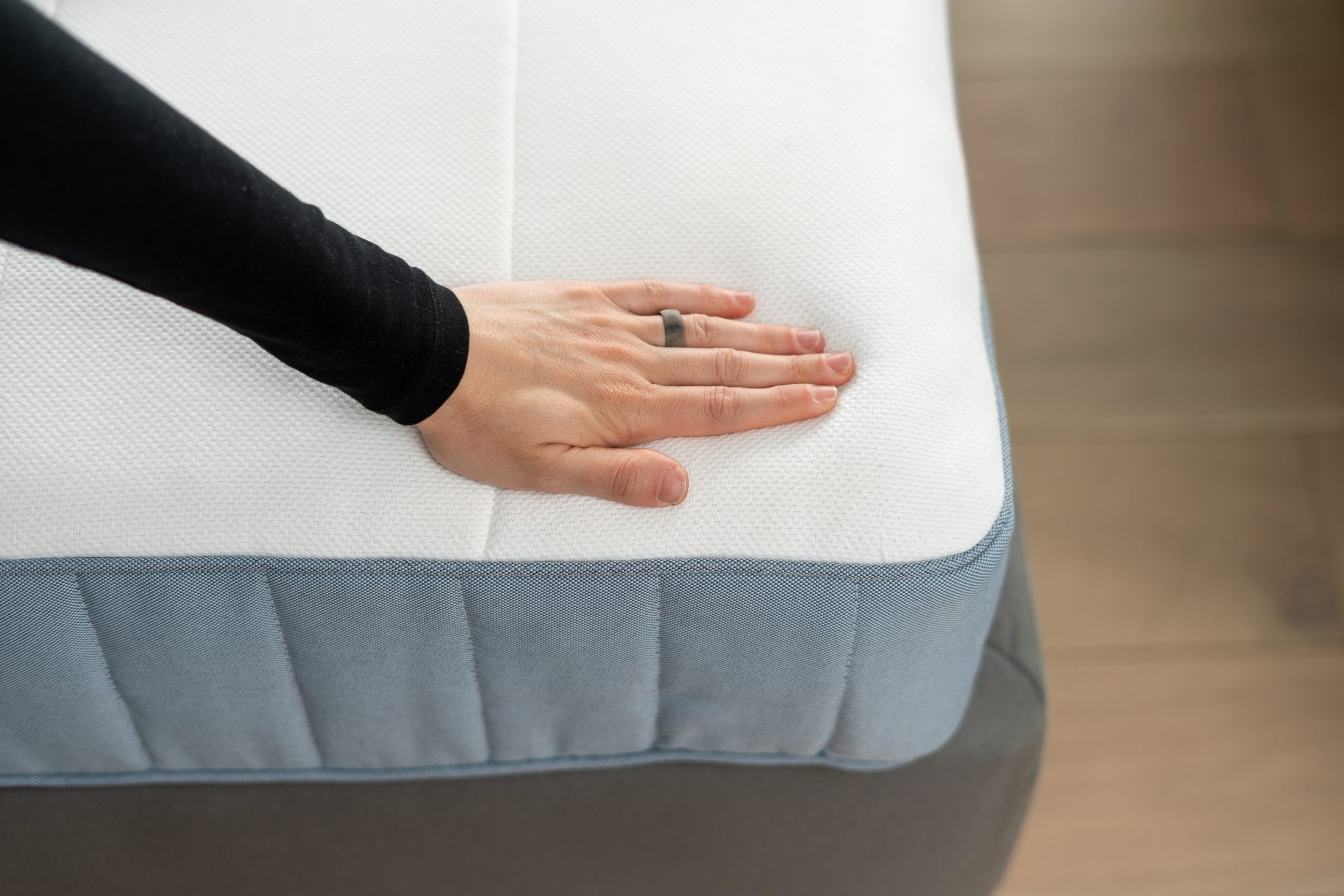
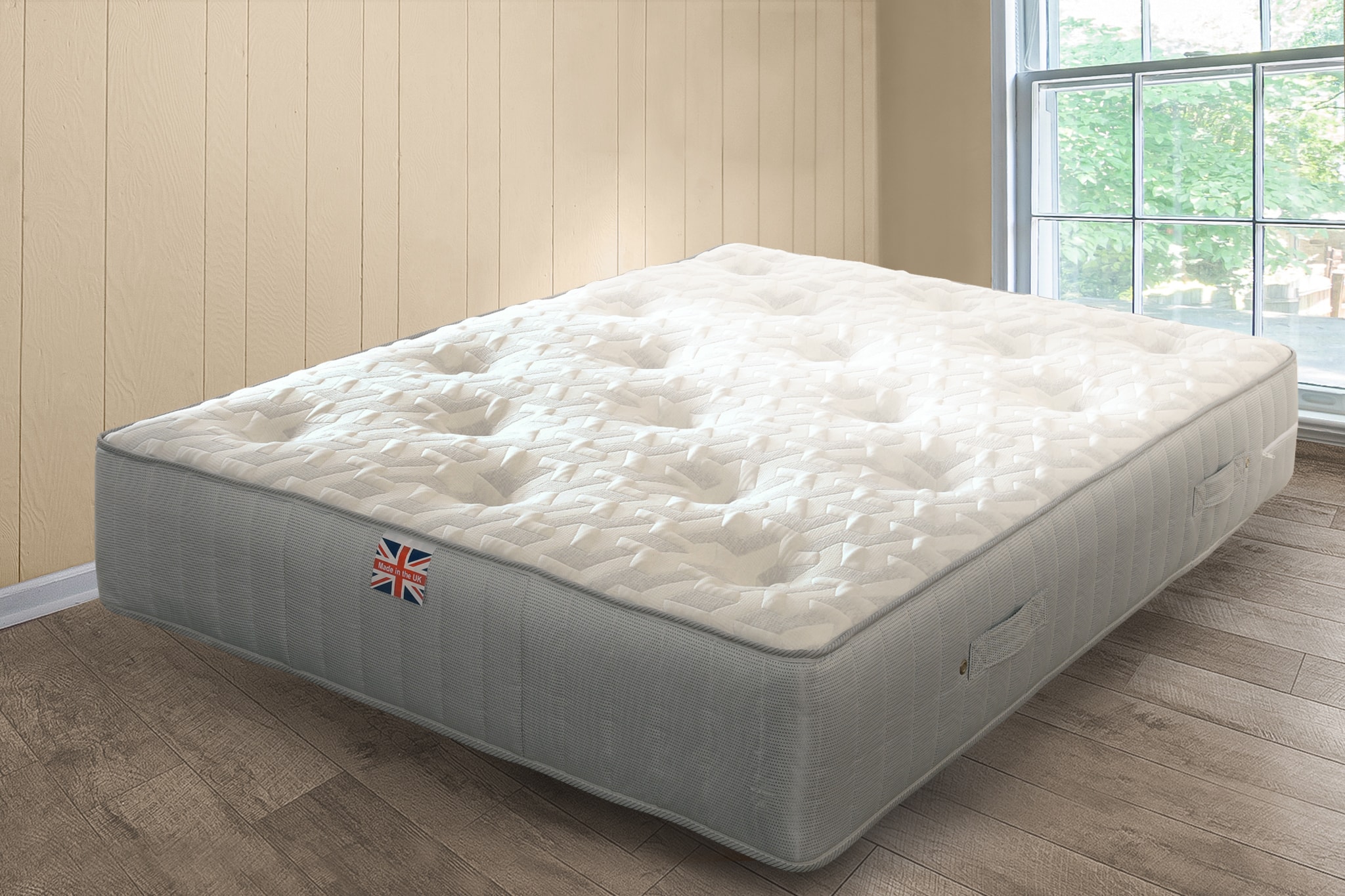




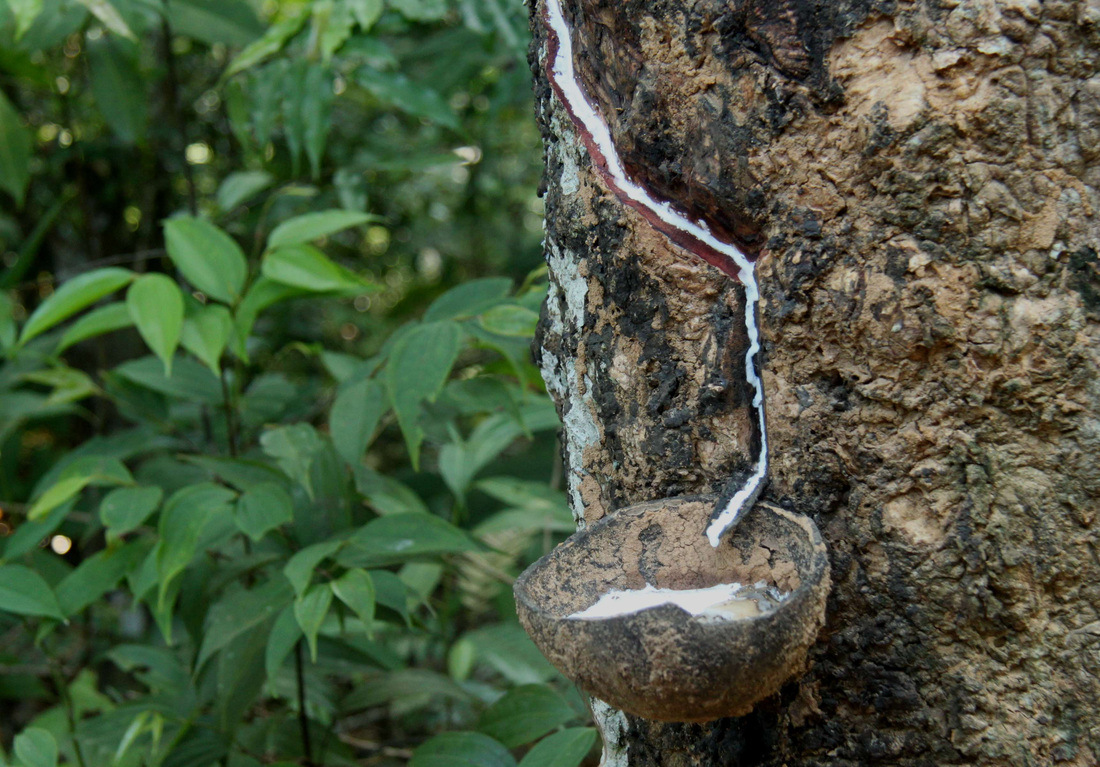

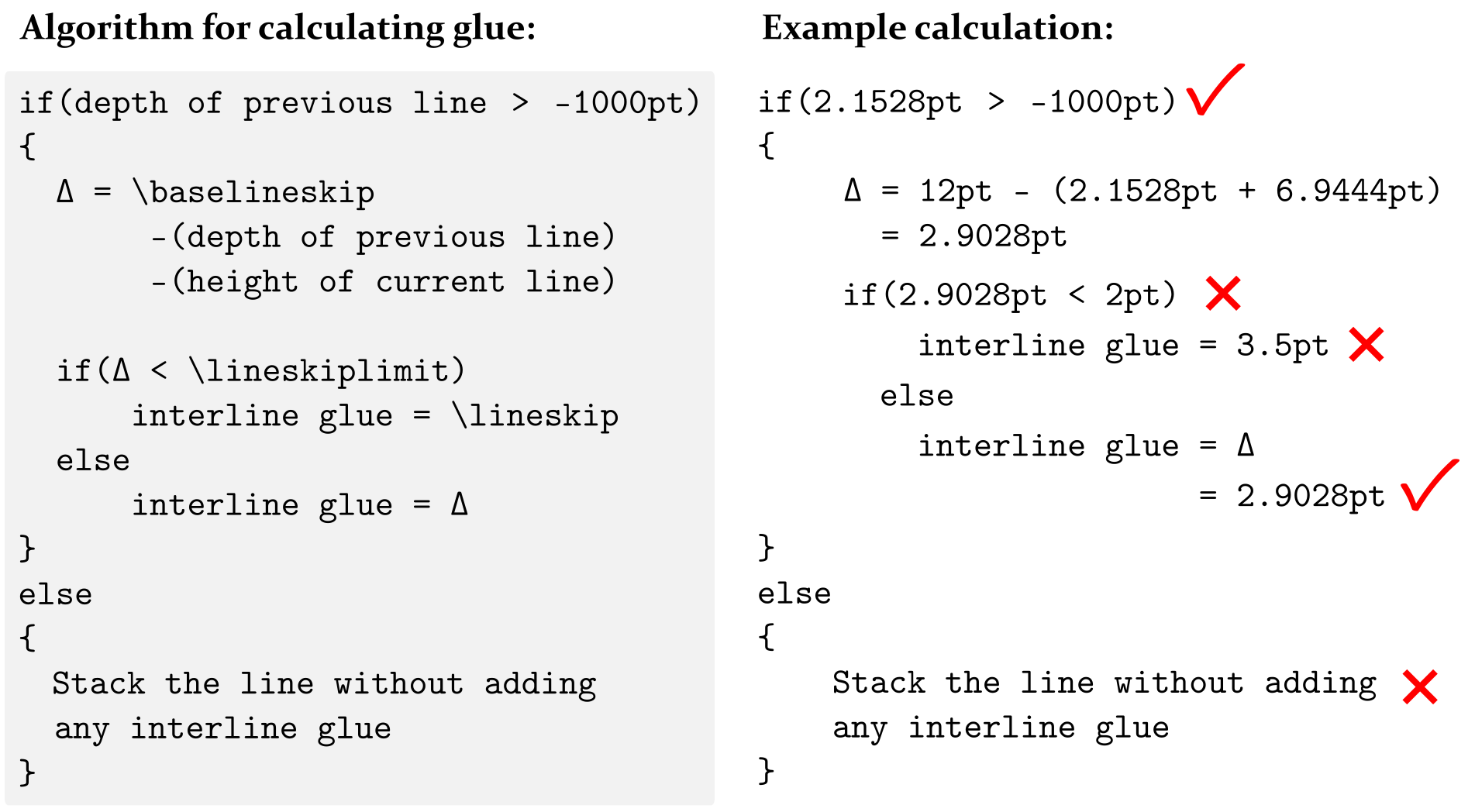



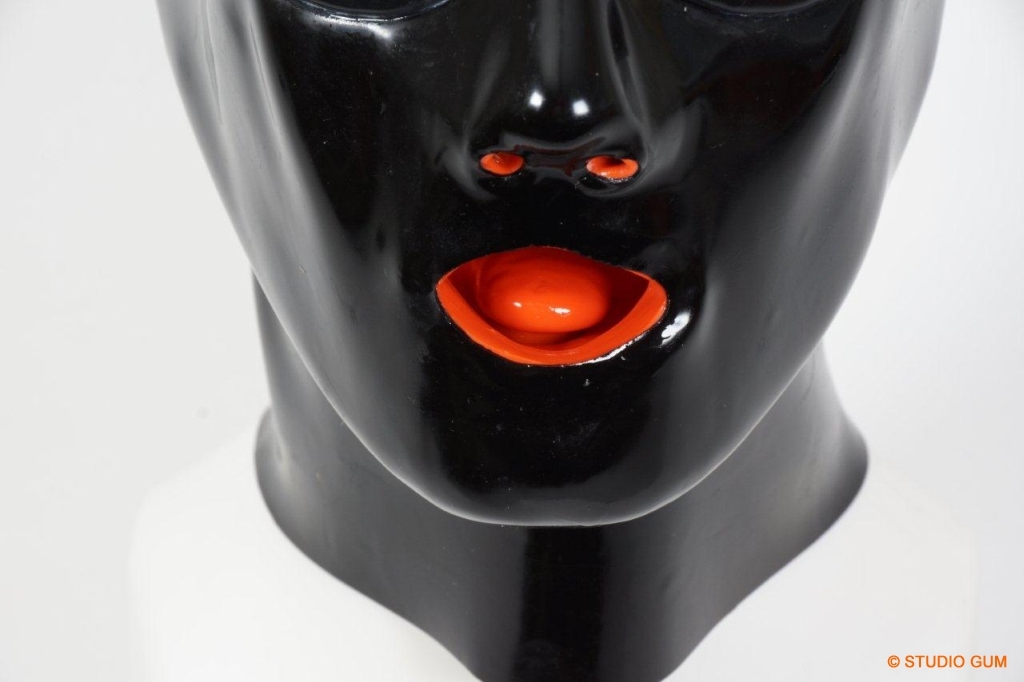
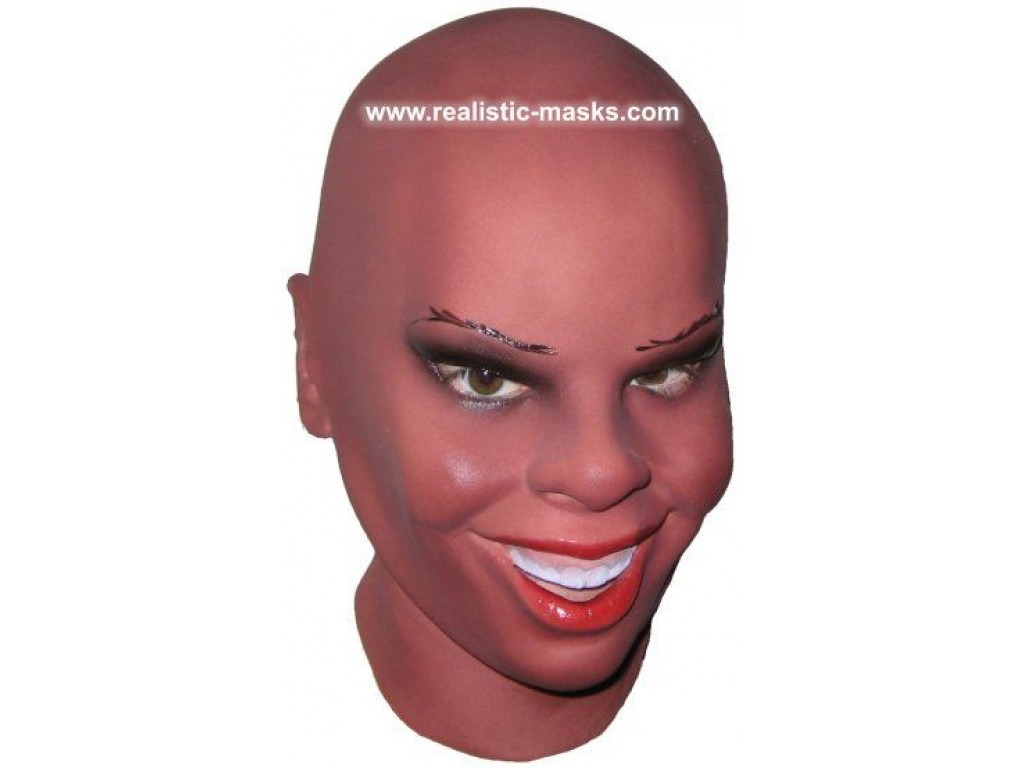
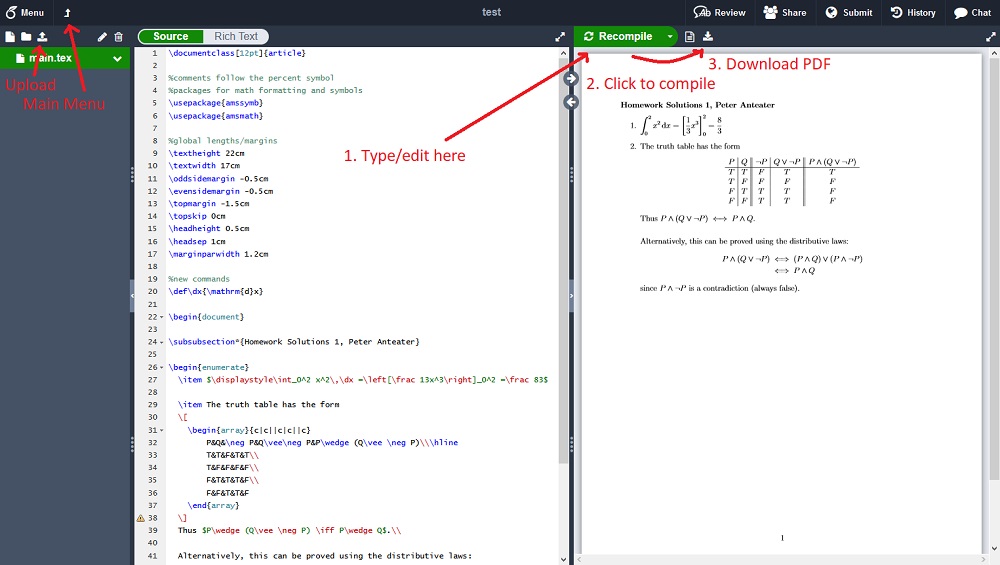
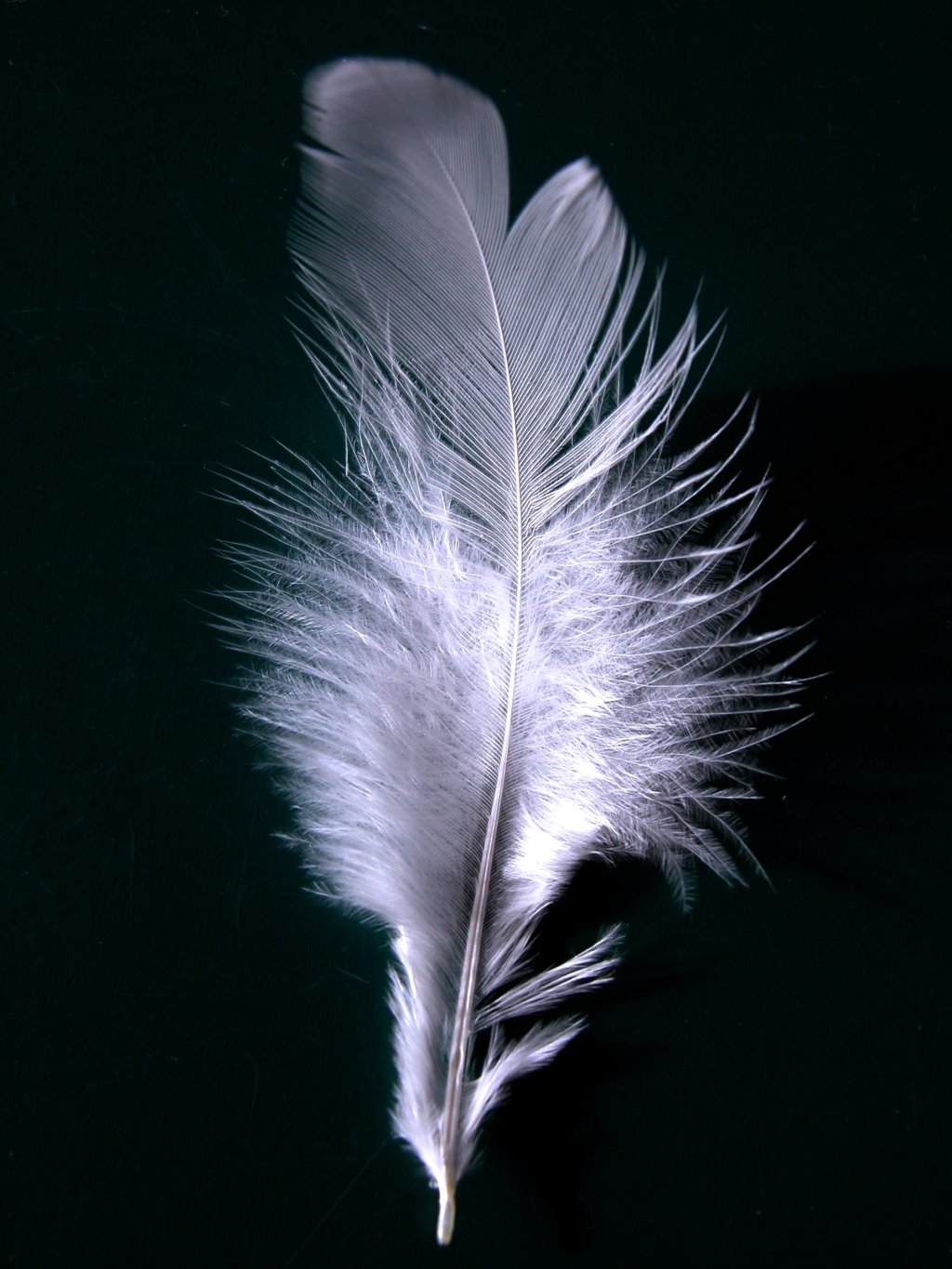
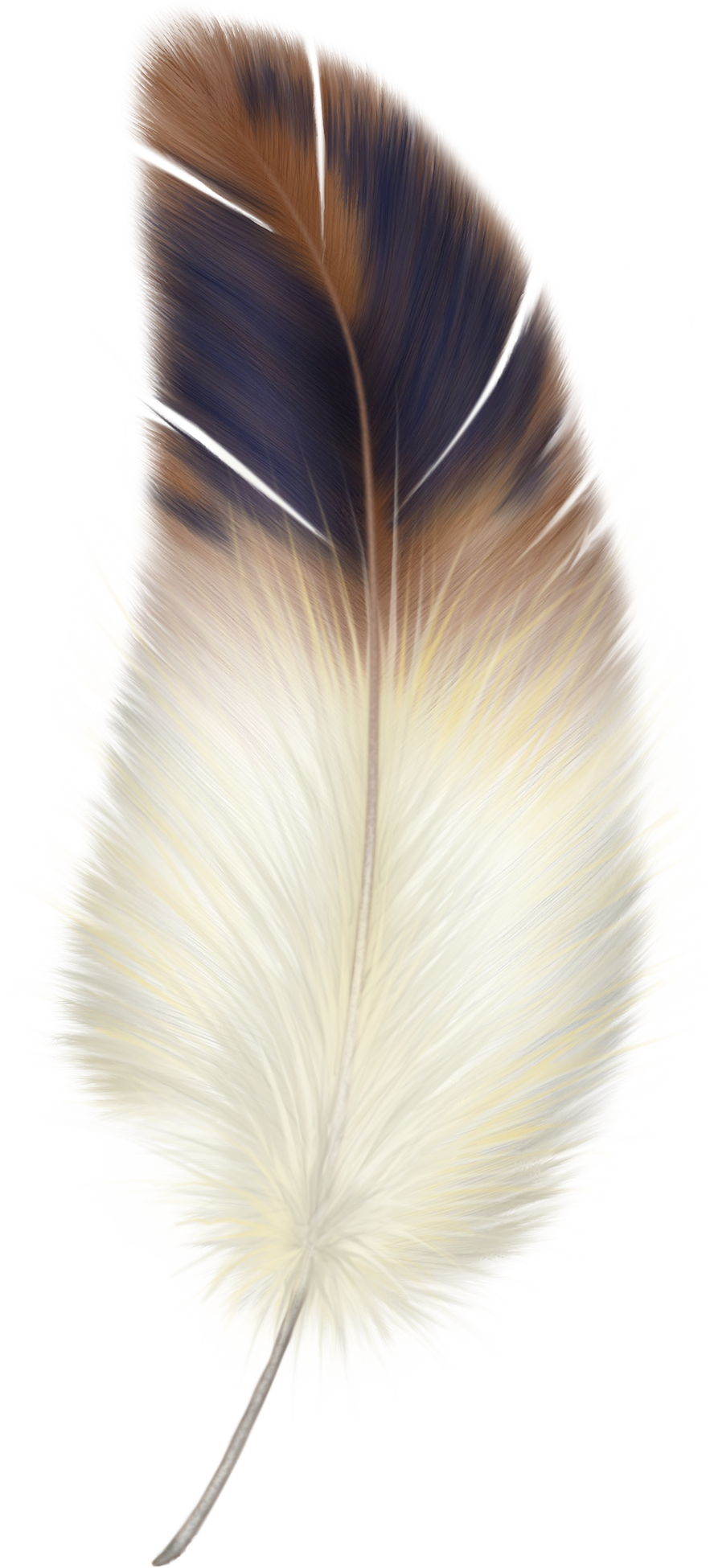

/185227788-589cfeca3df78c4758791998.jpg)
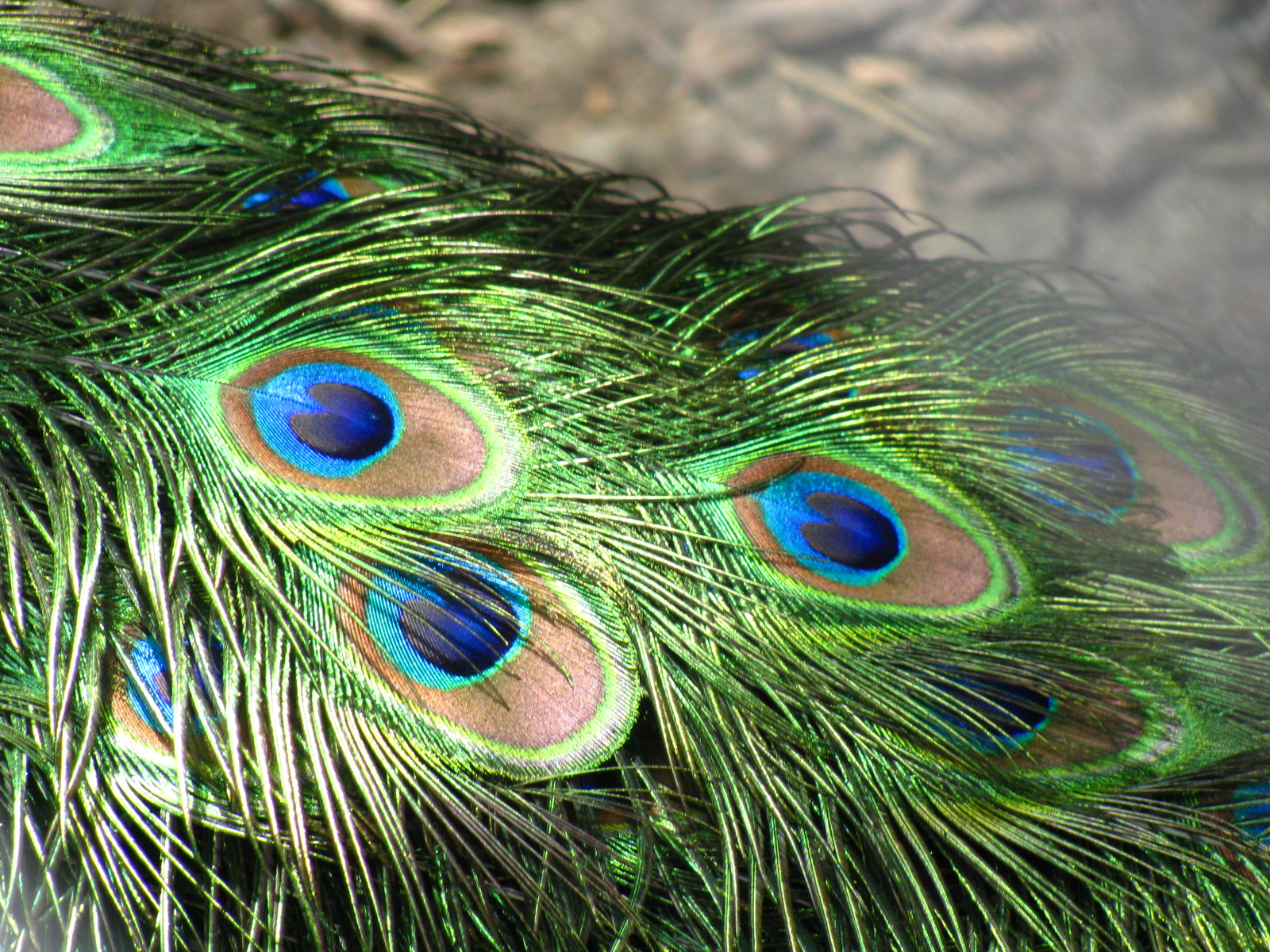


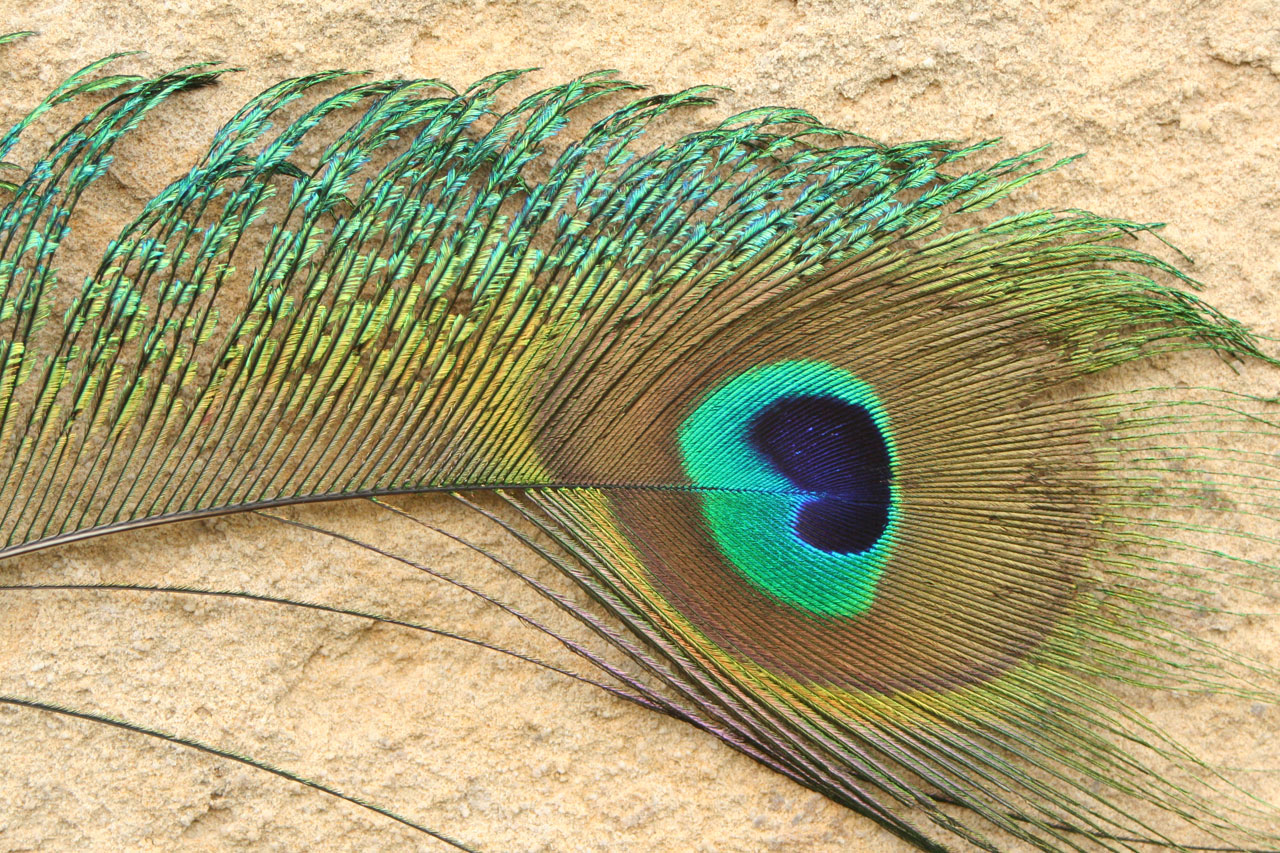
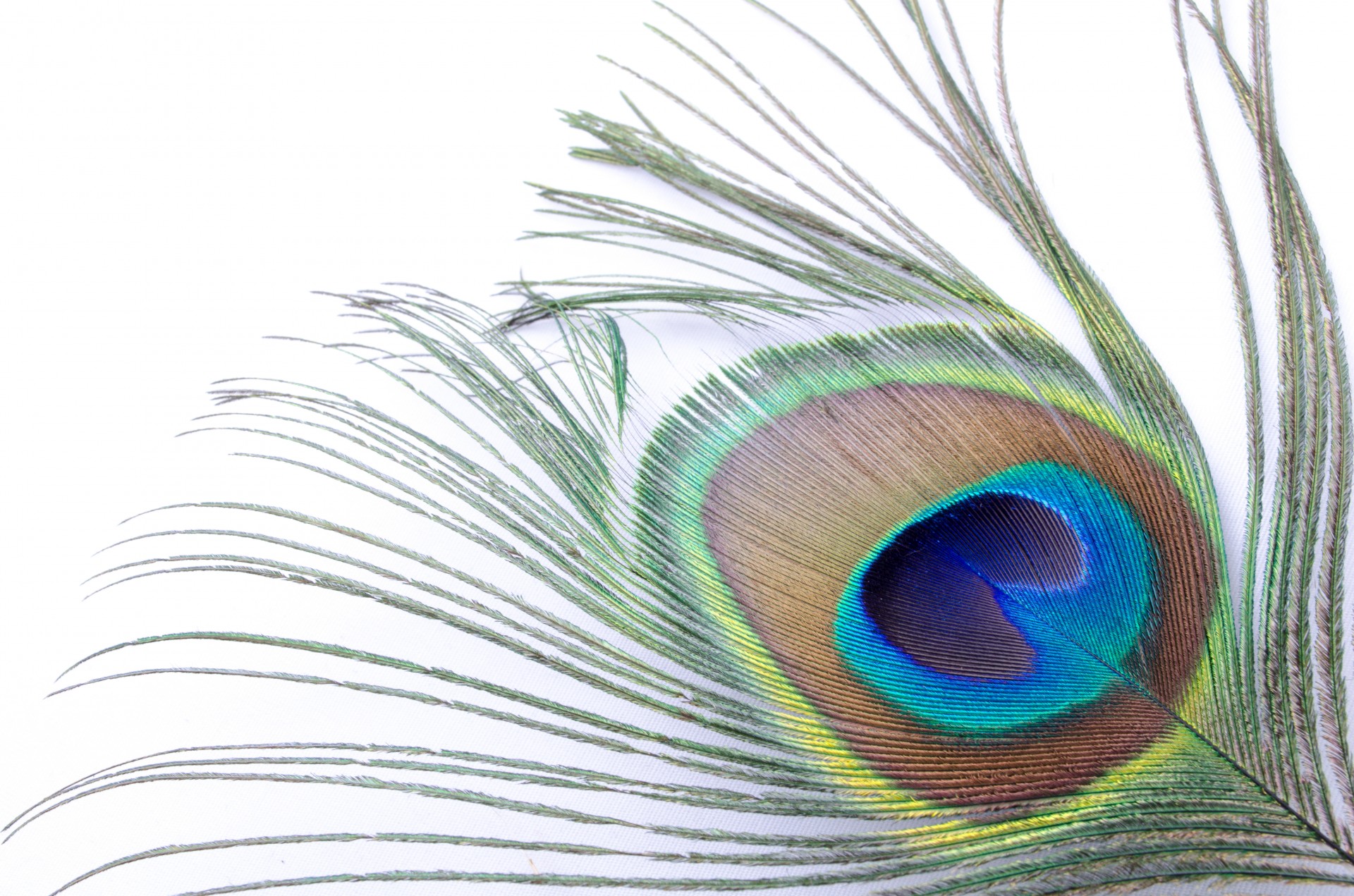

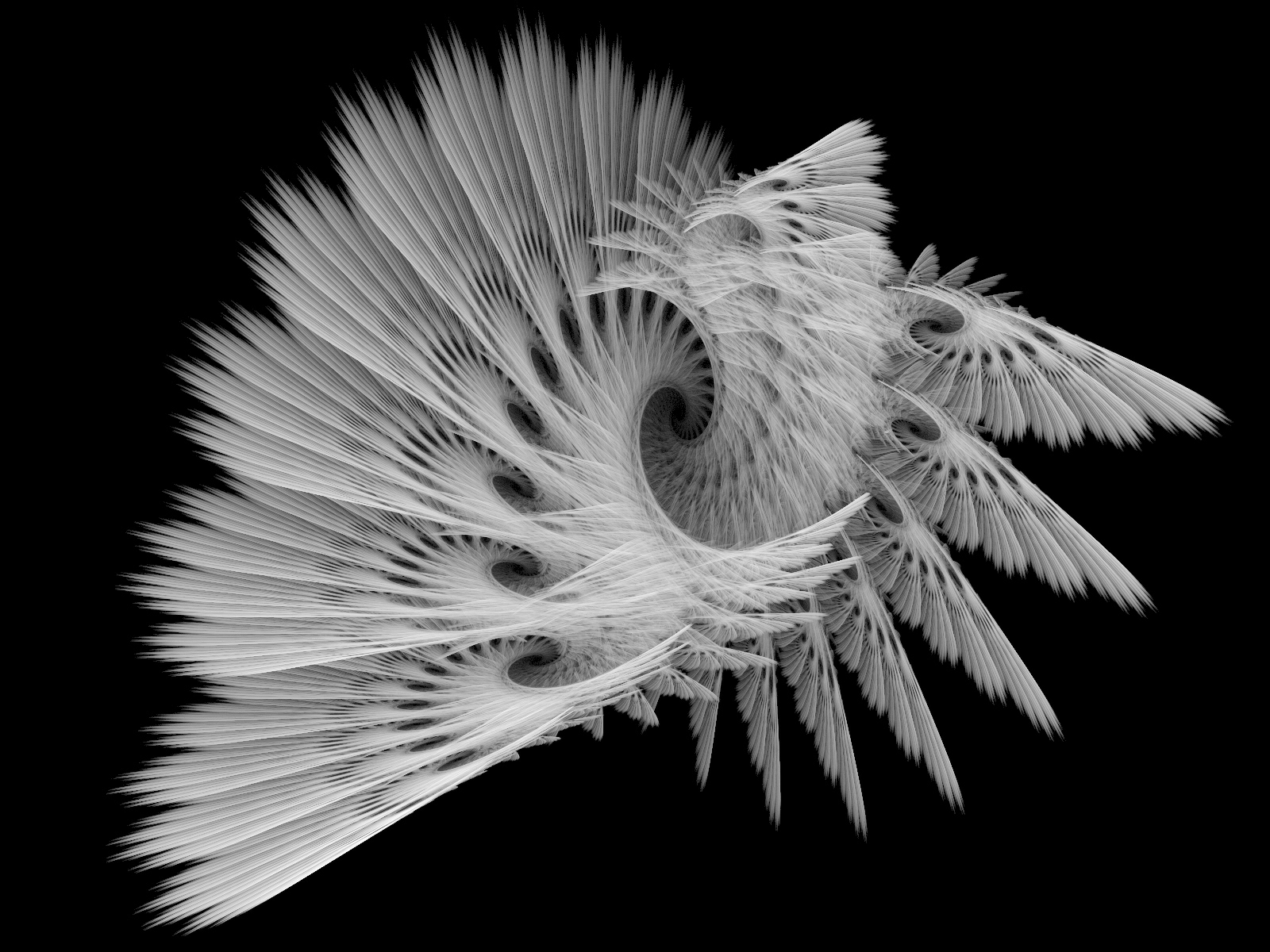












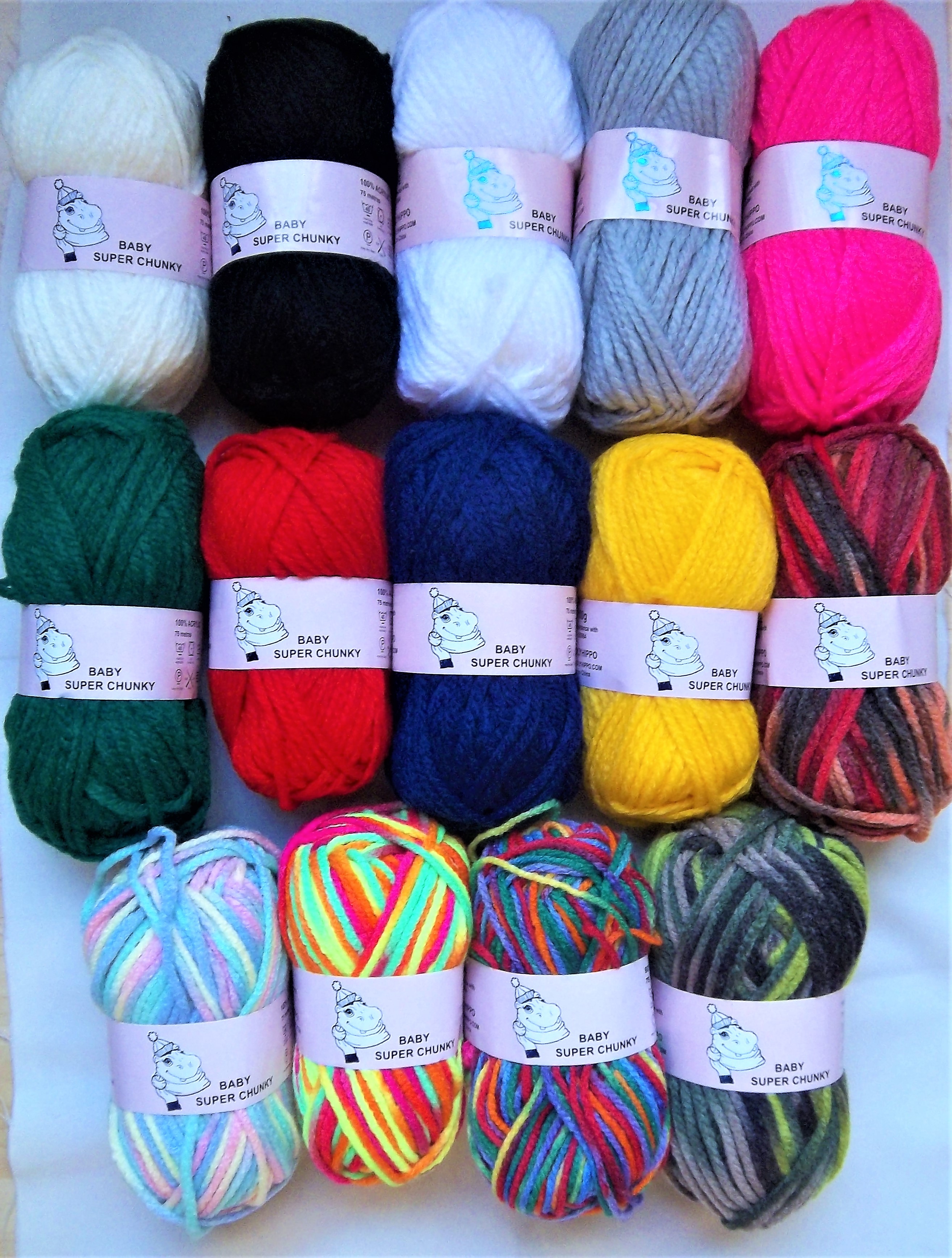
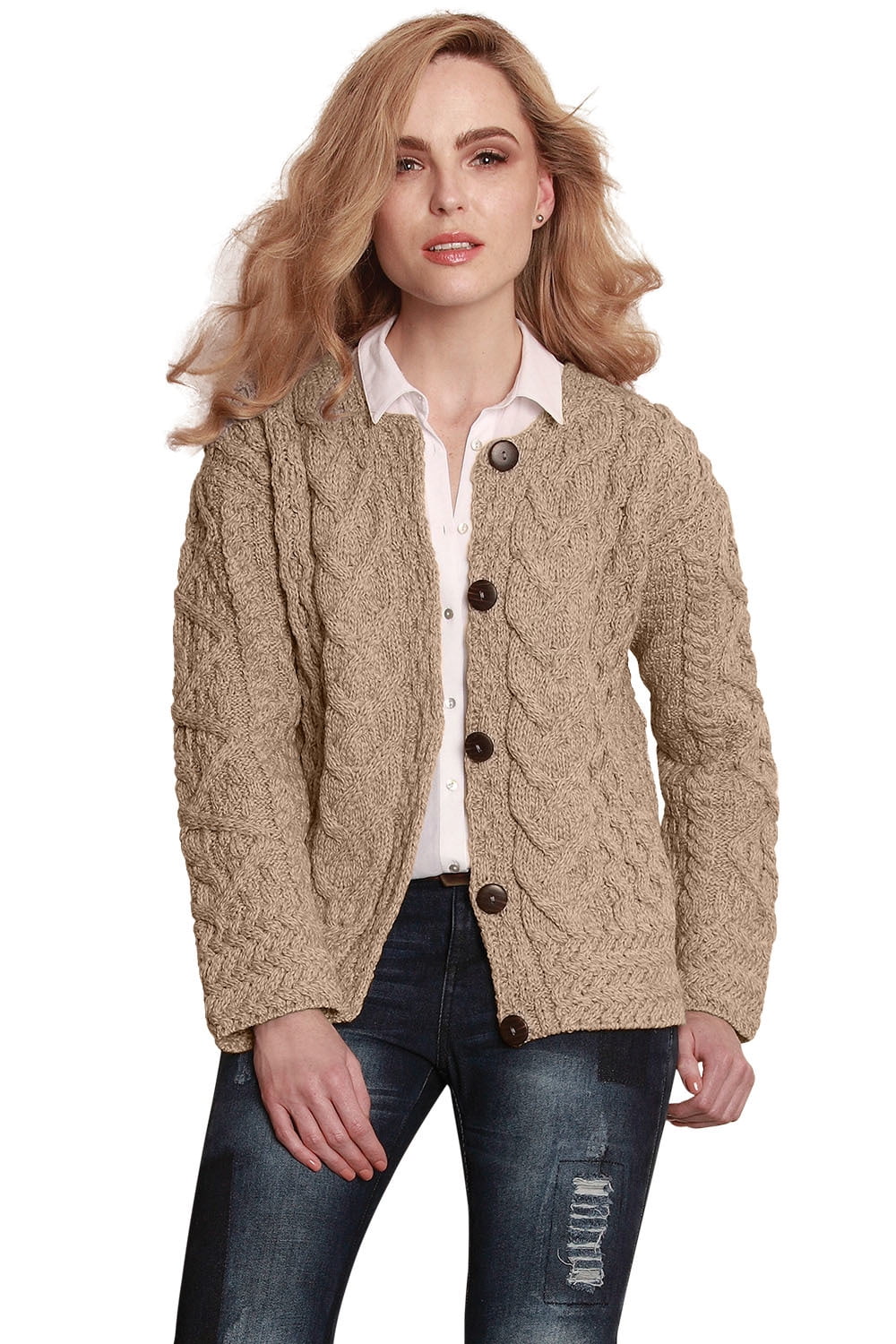

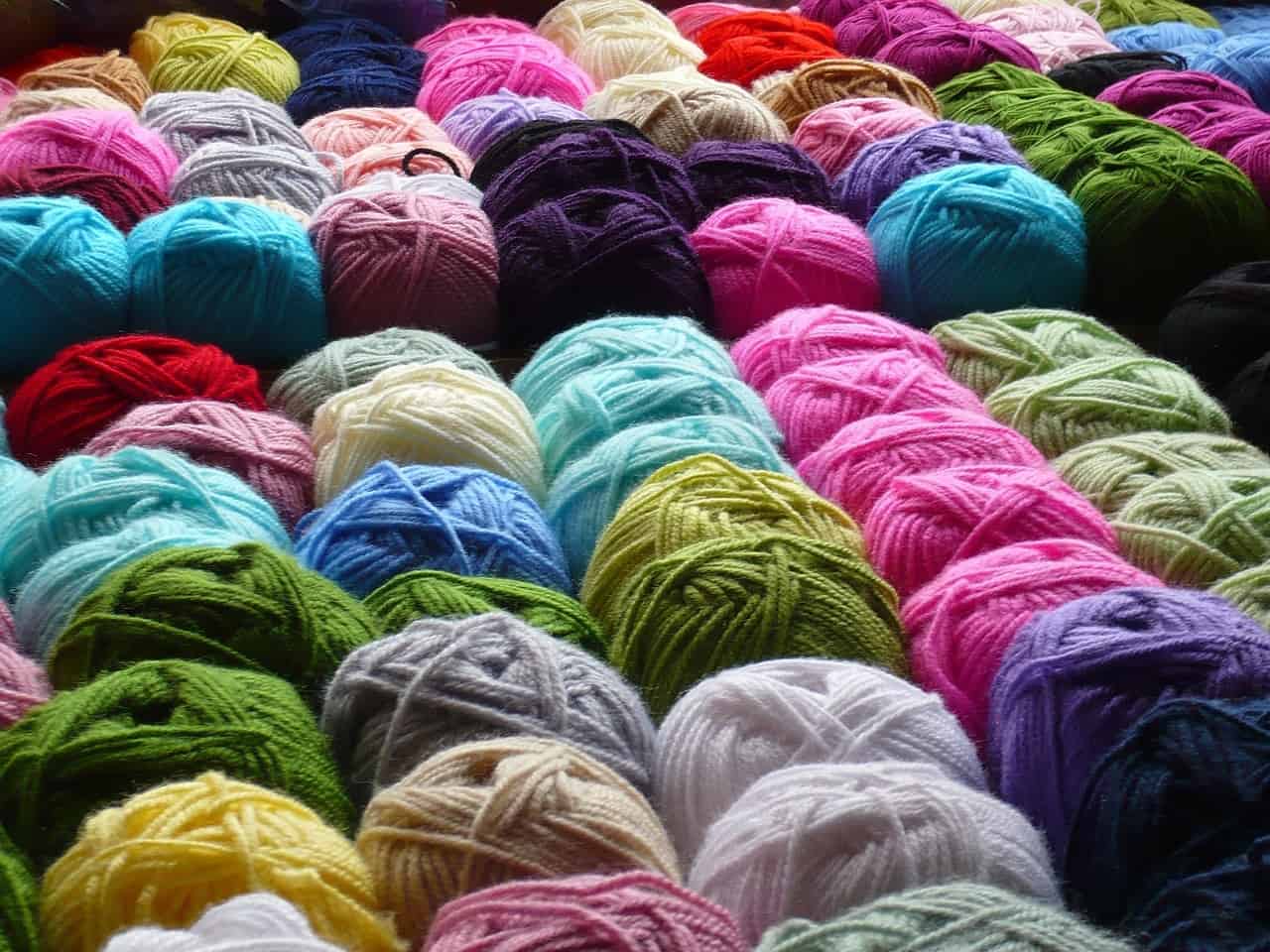
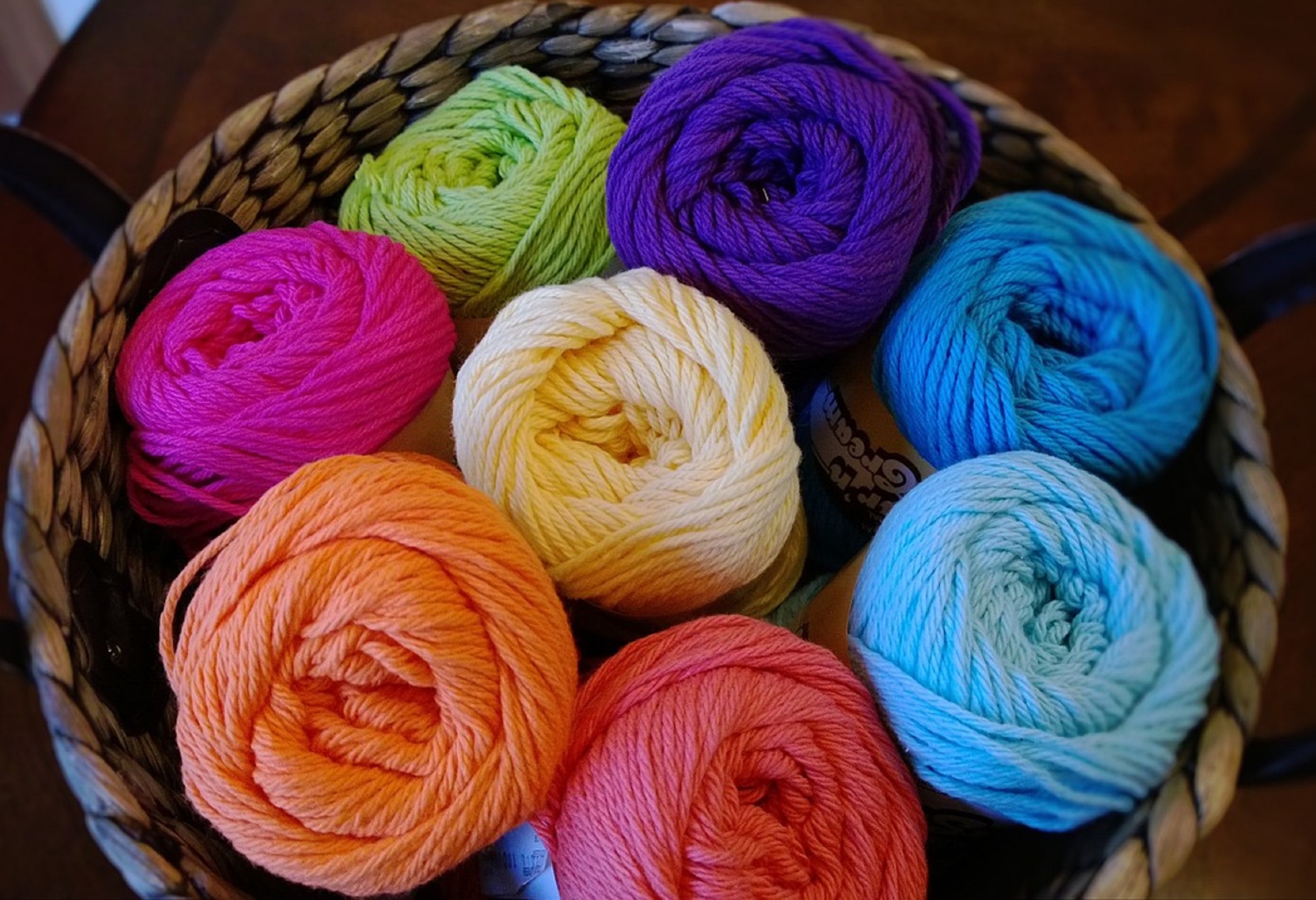
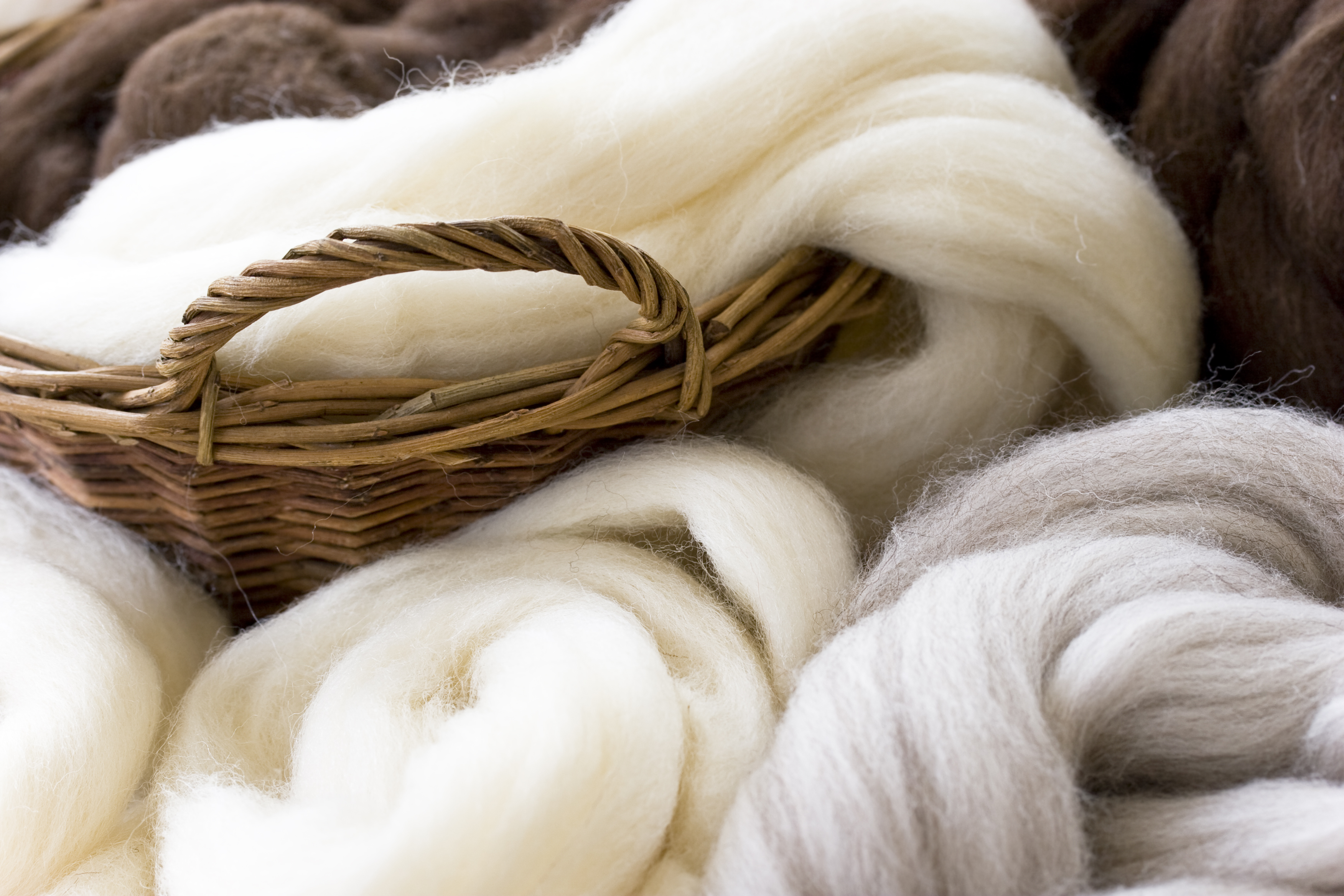


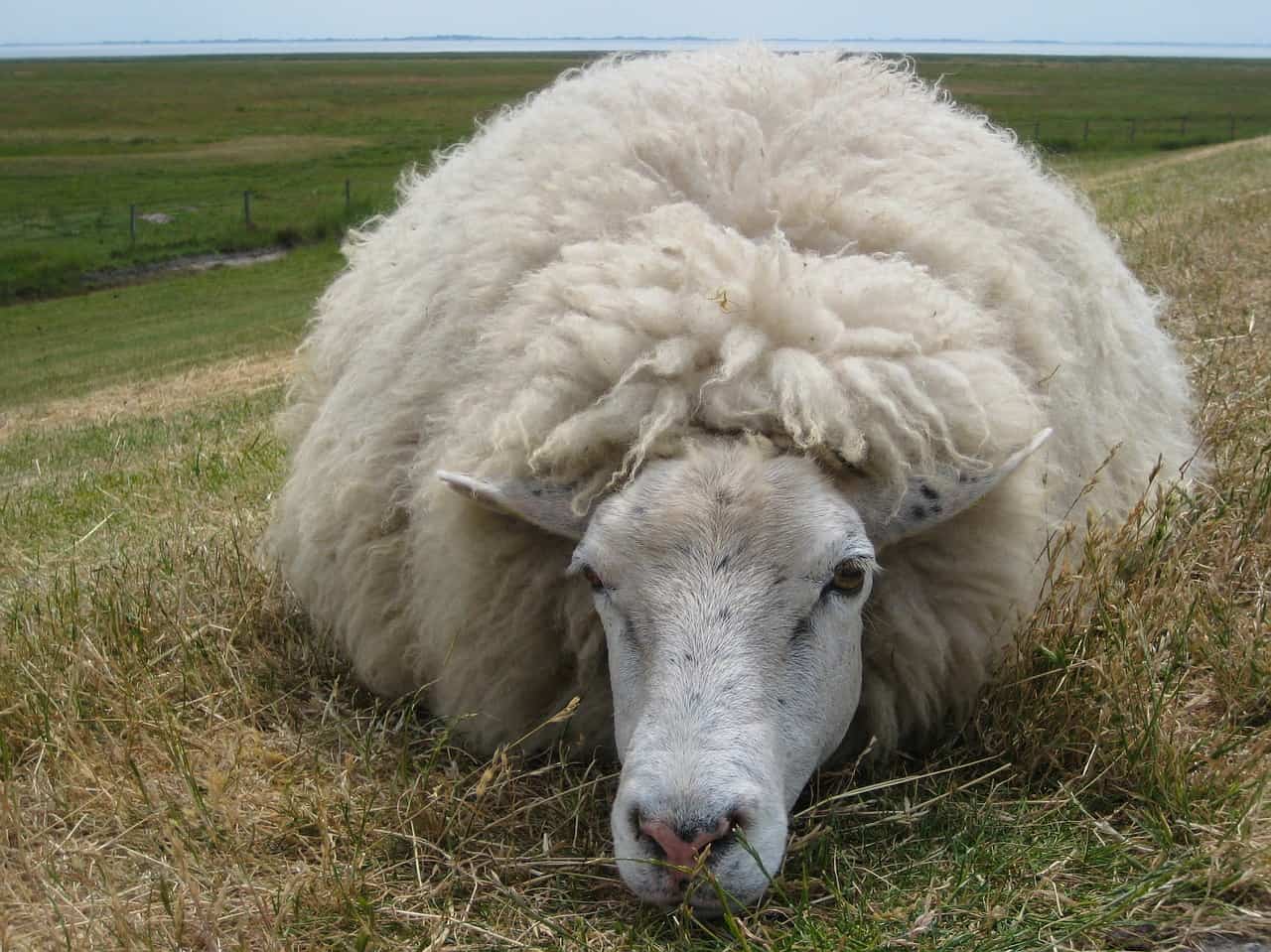


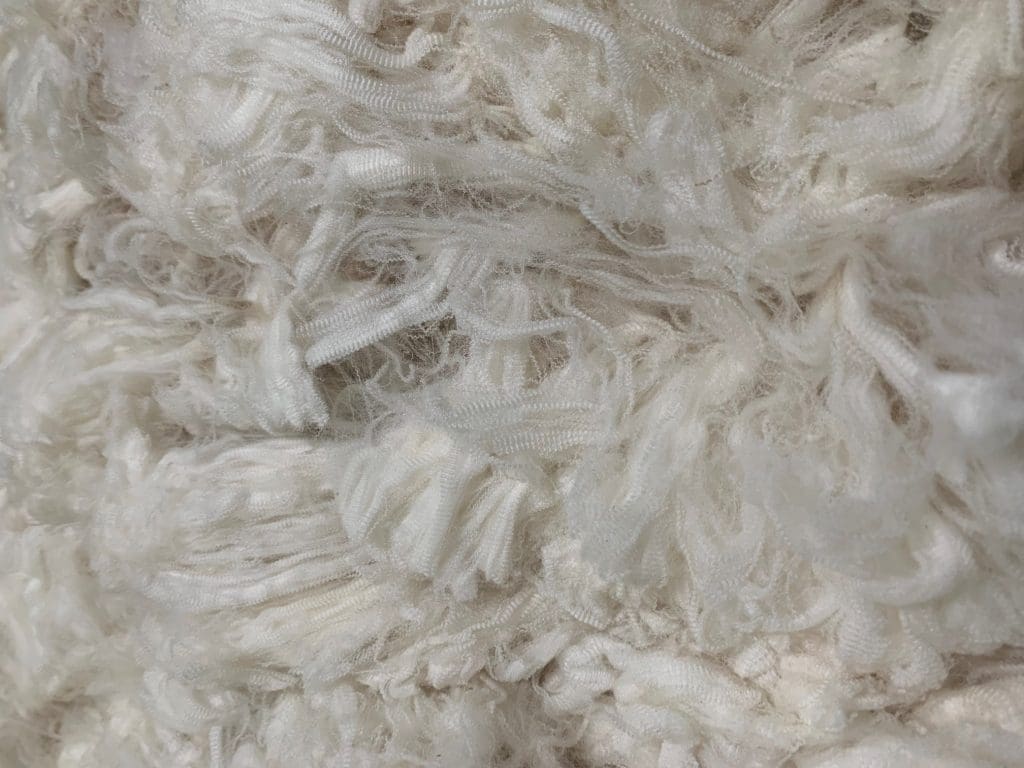


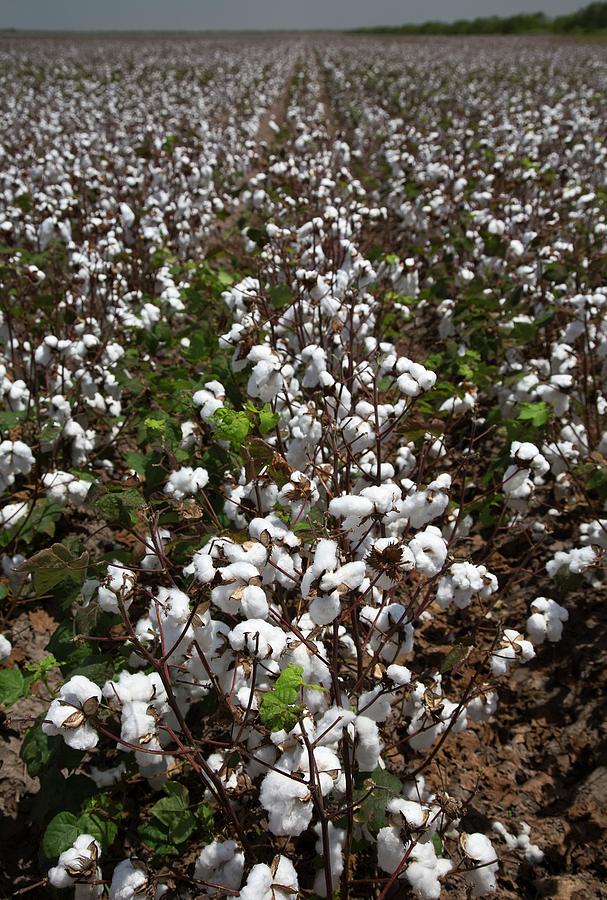
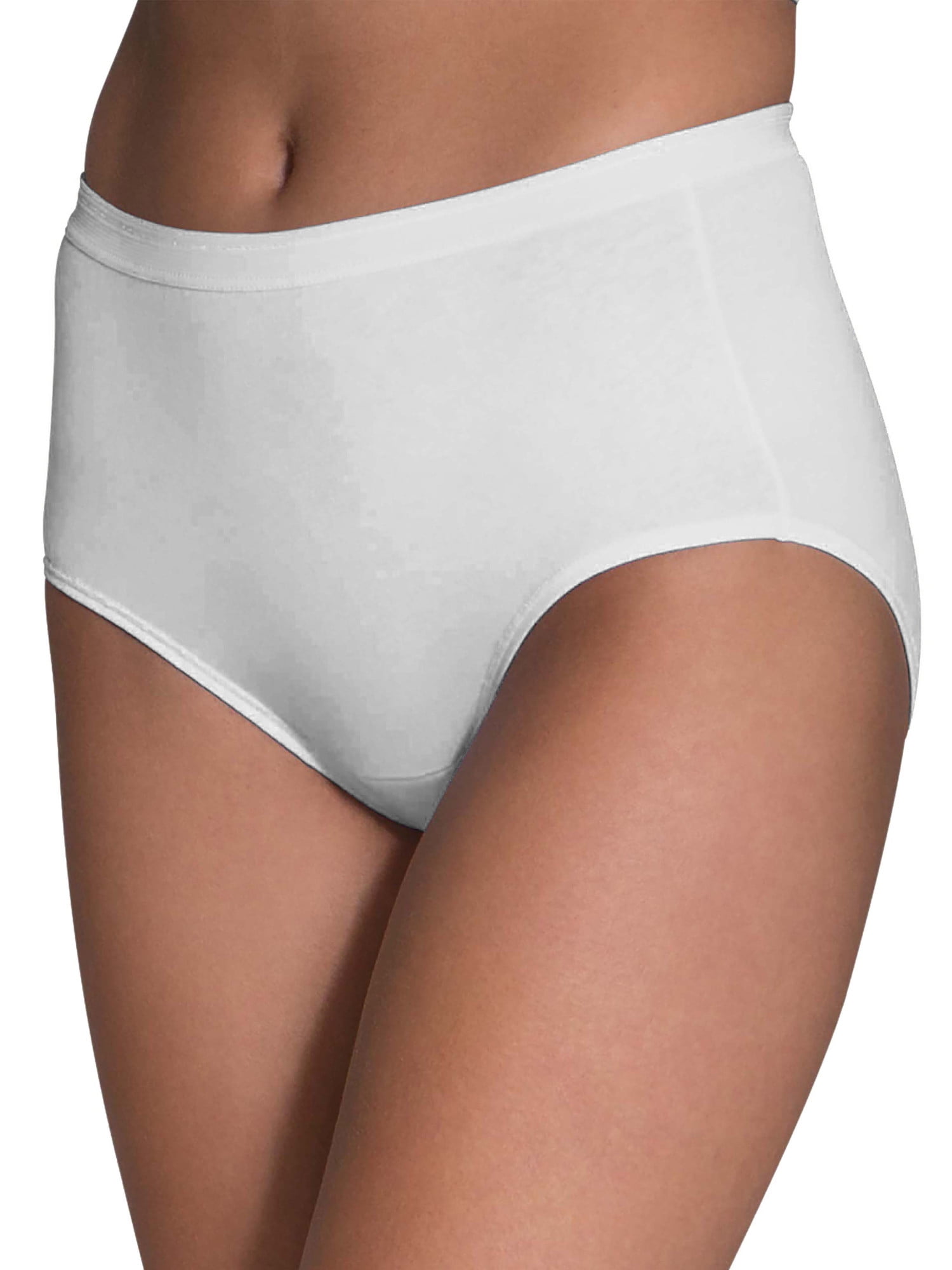
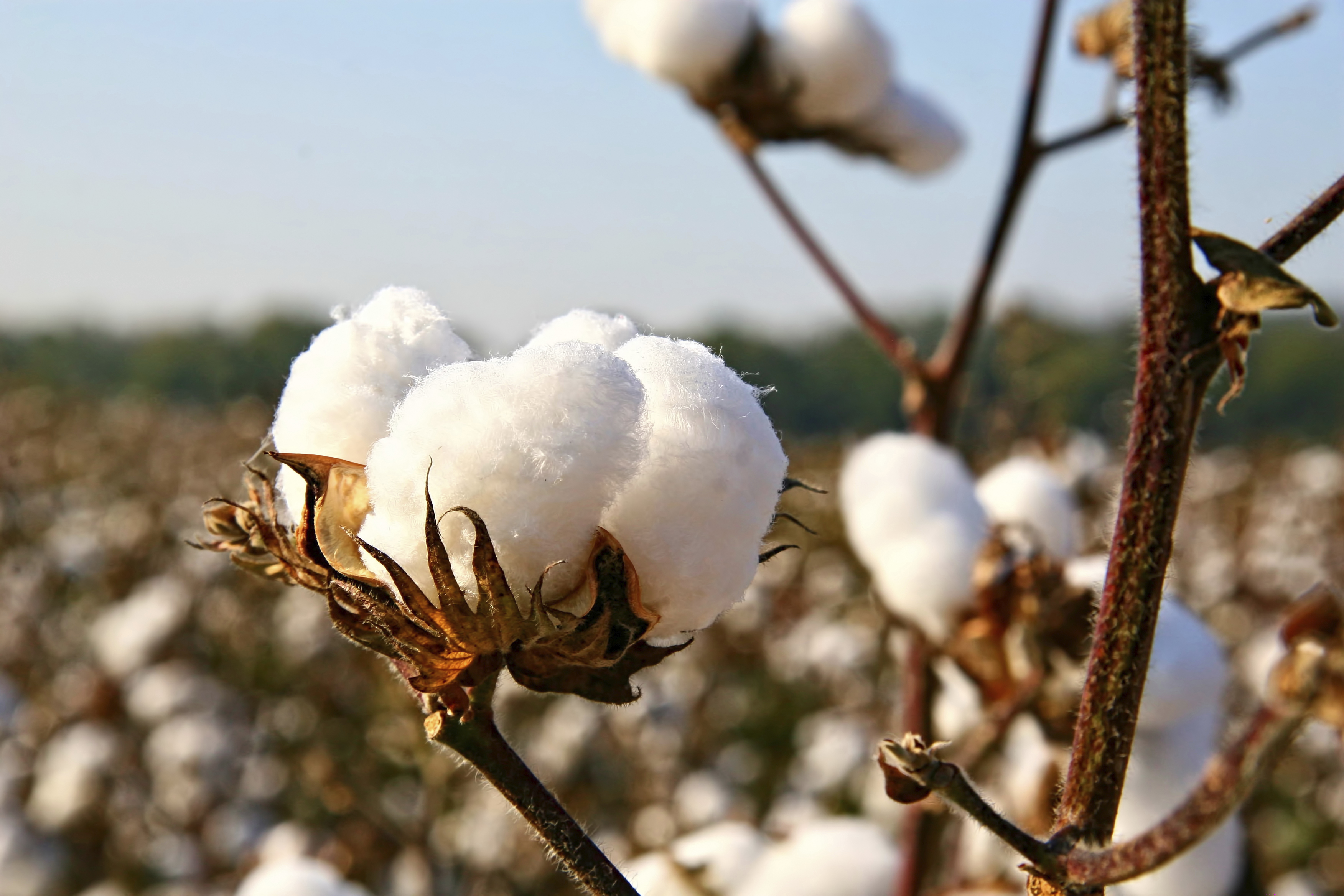




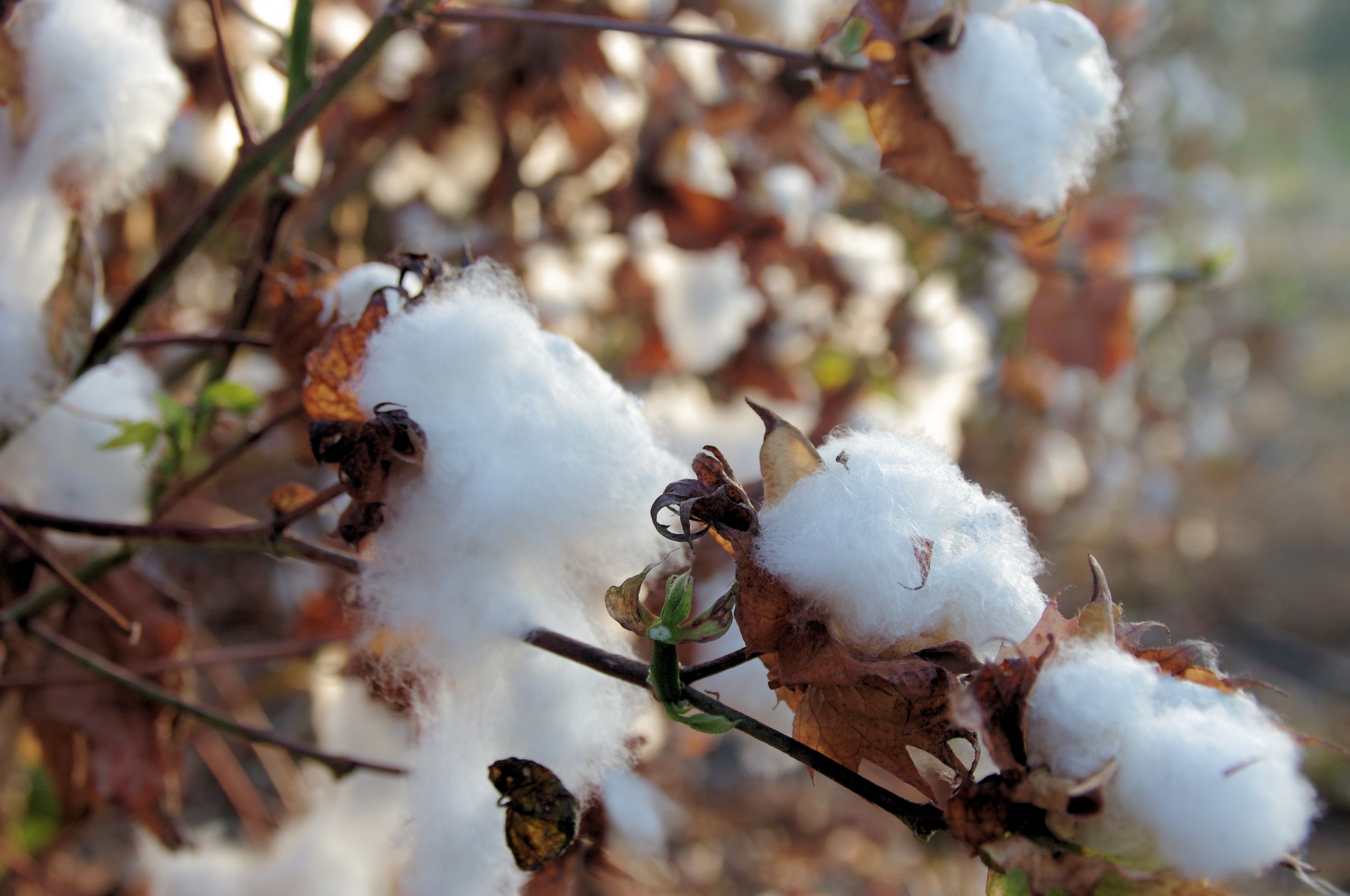
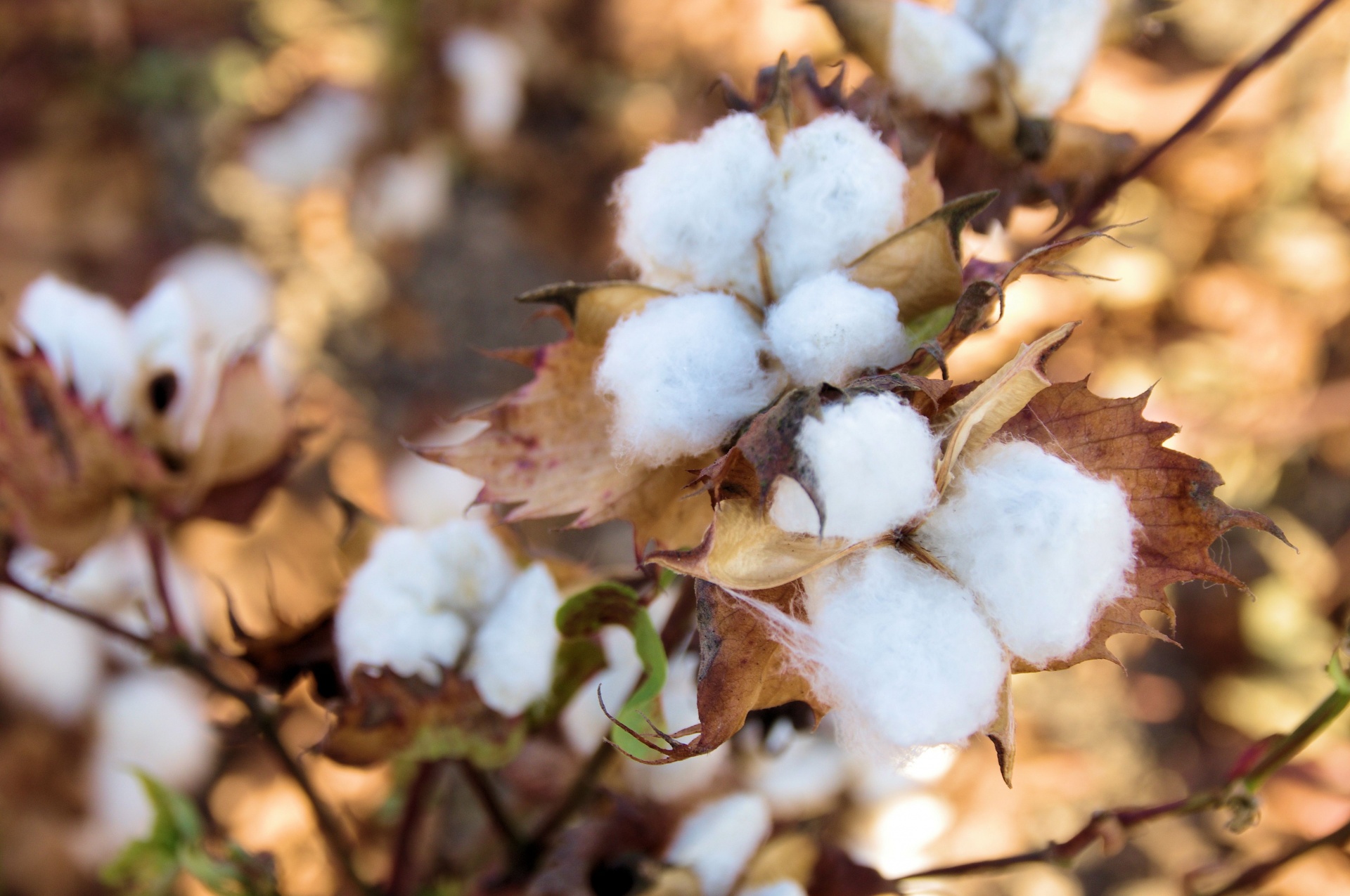



/GettyImages-636211102-58f4d8bc5f9b582c4ddb409b.jpg)
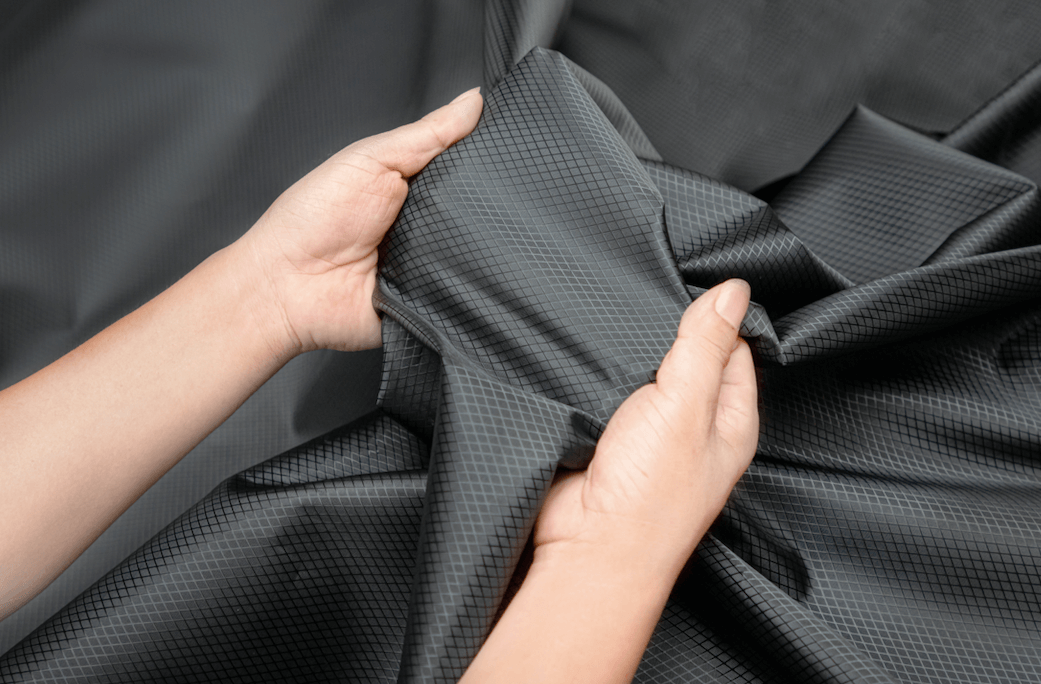
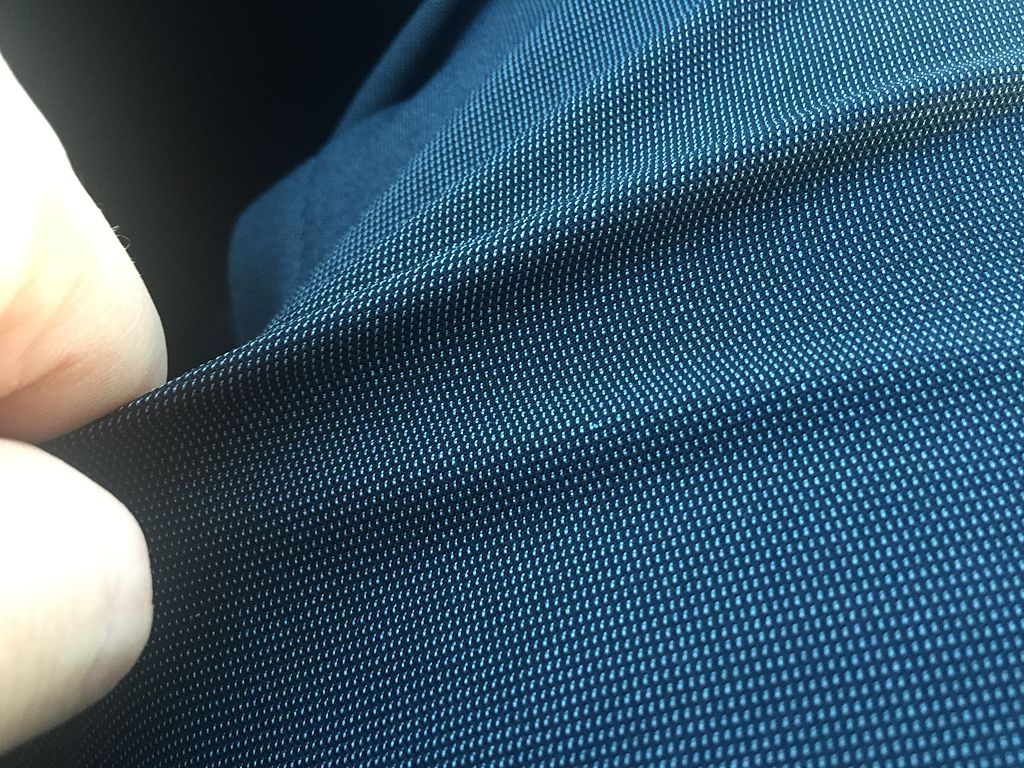
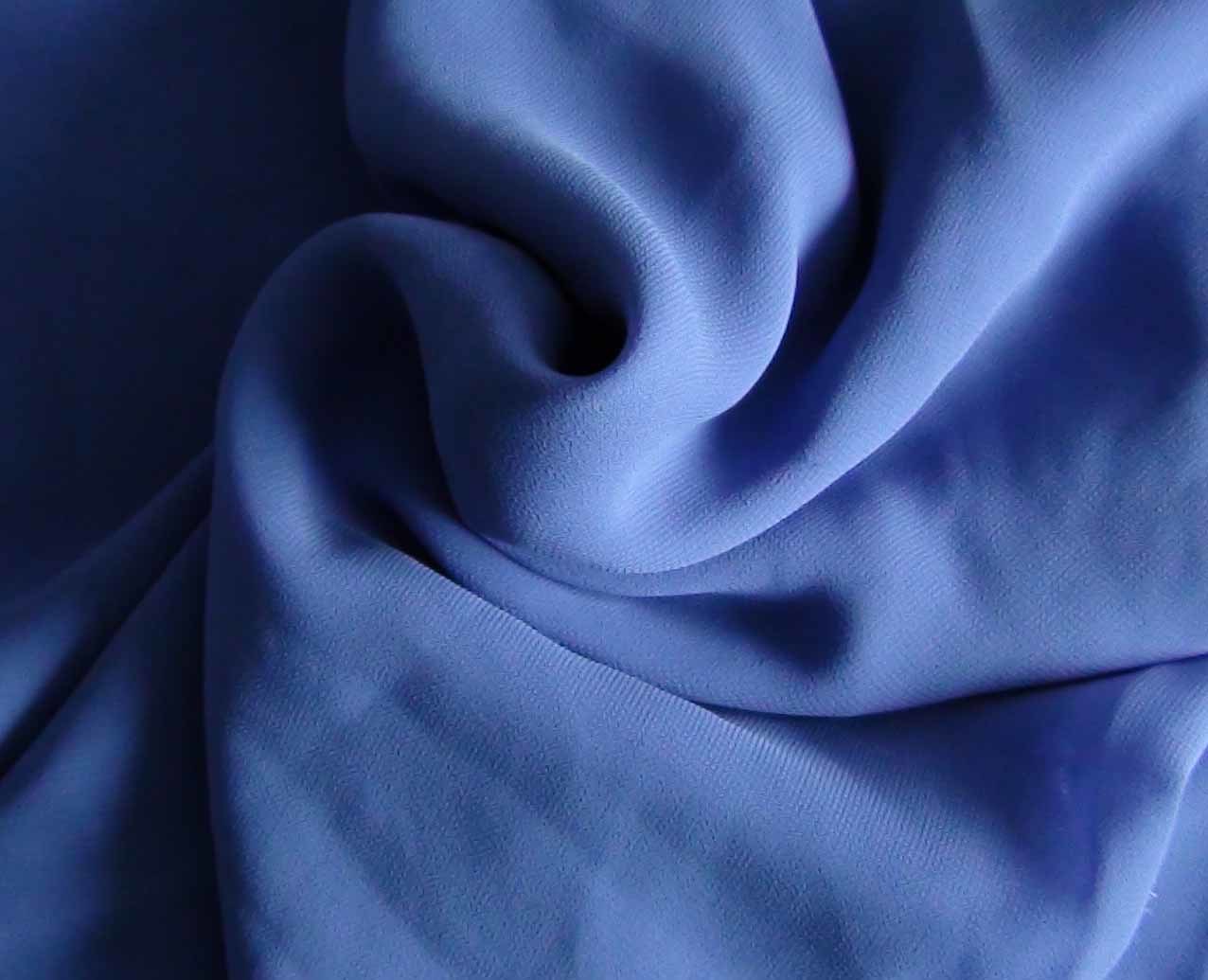
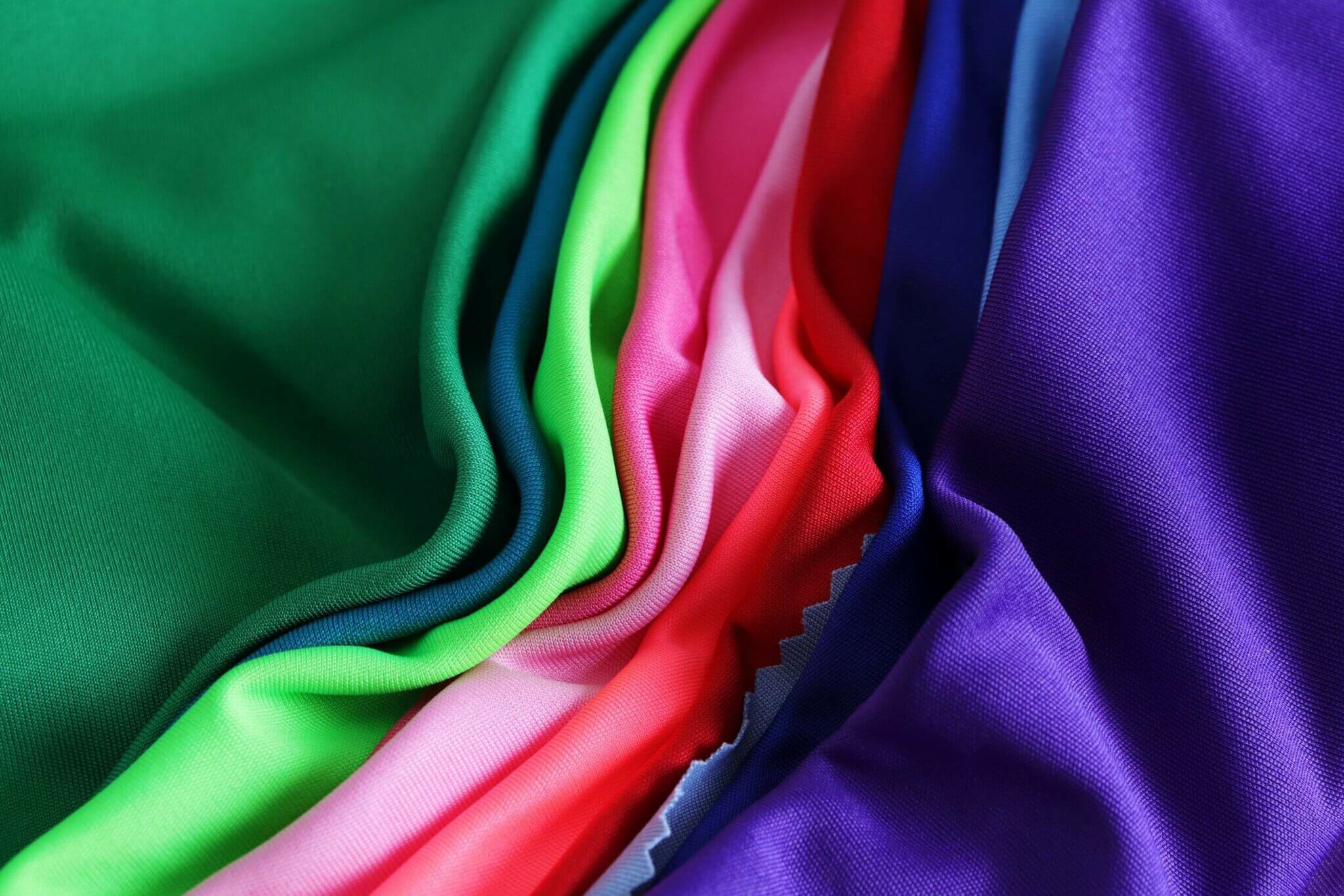
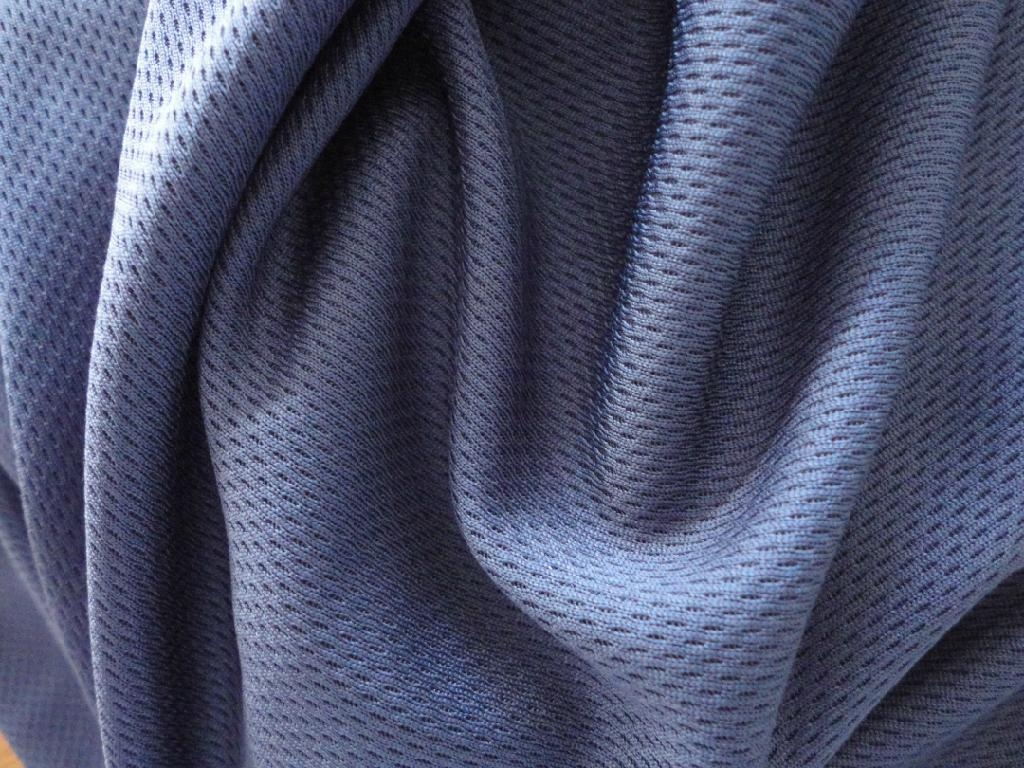




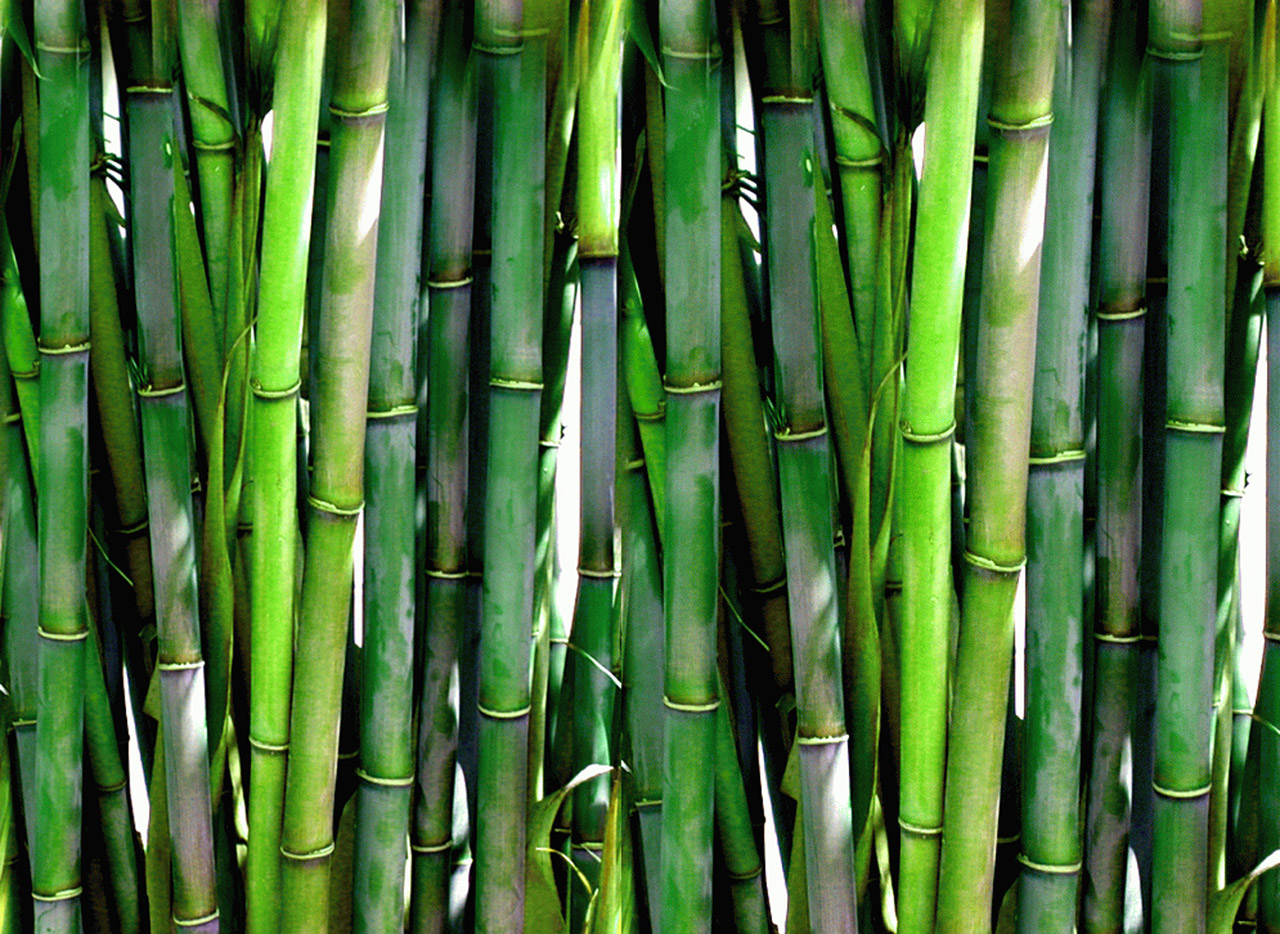

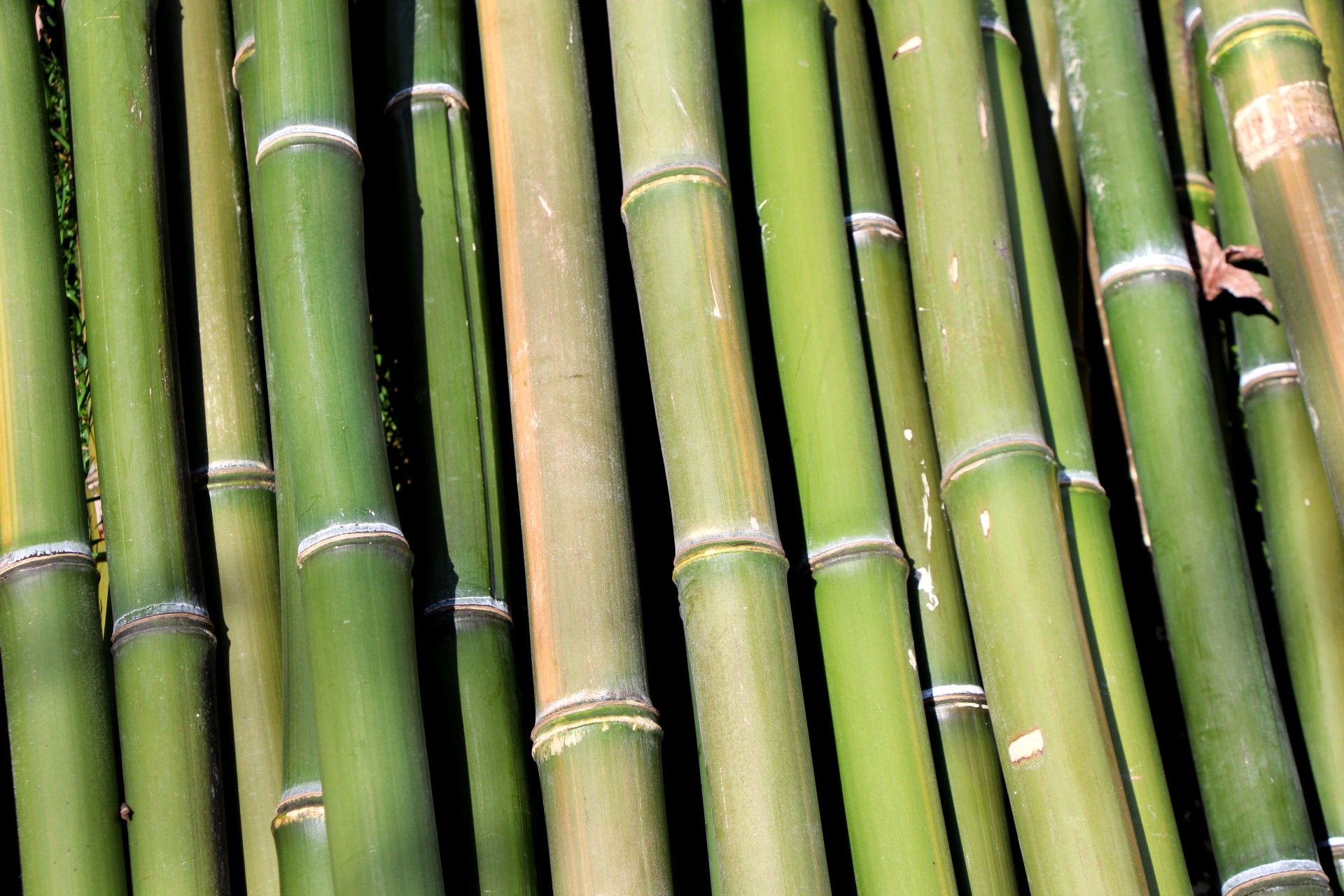




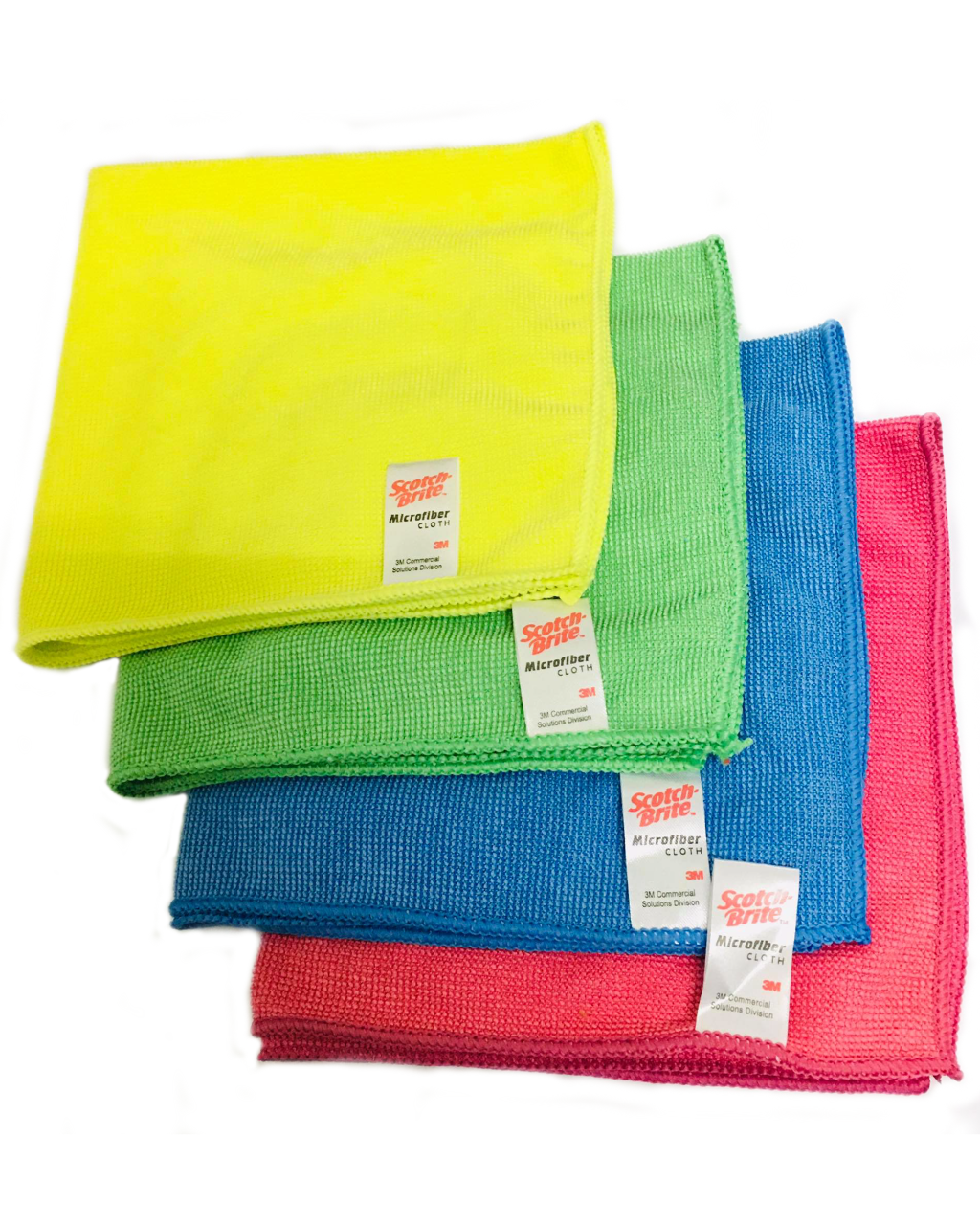

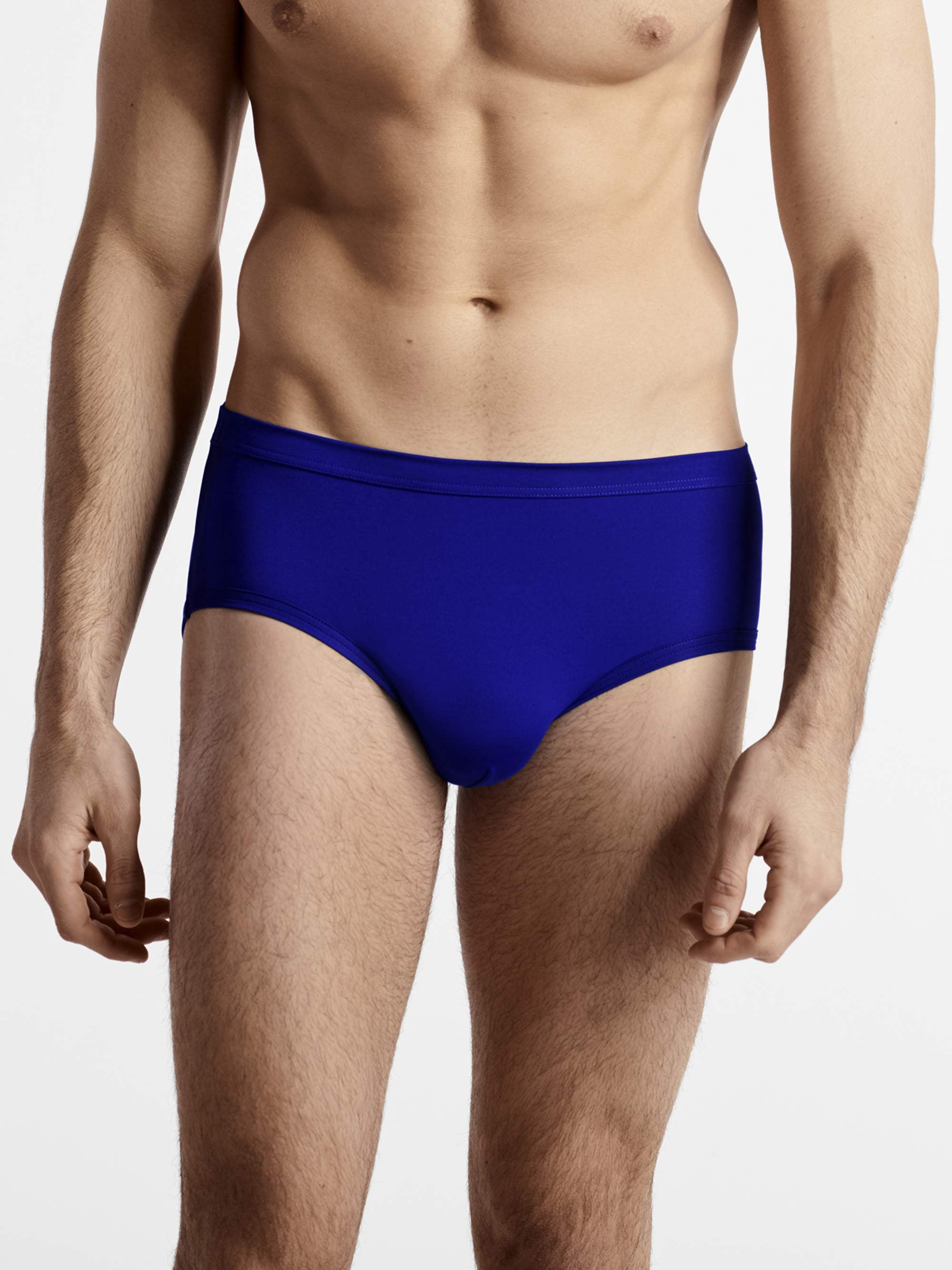

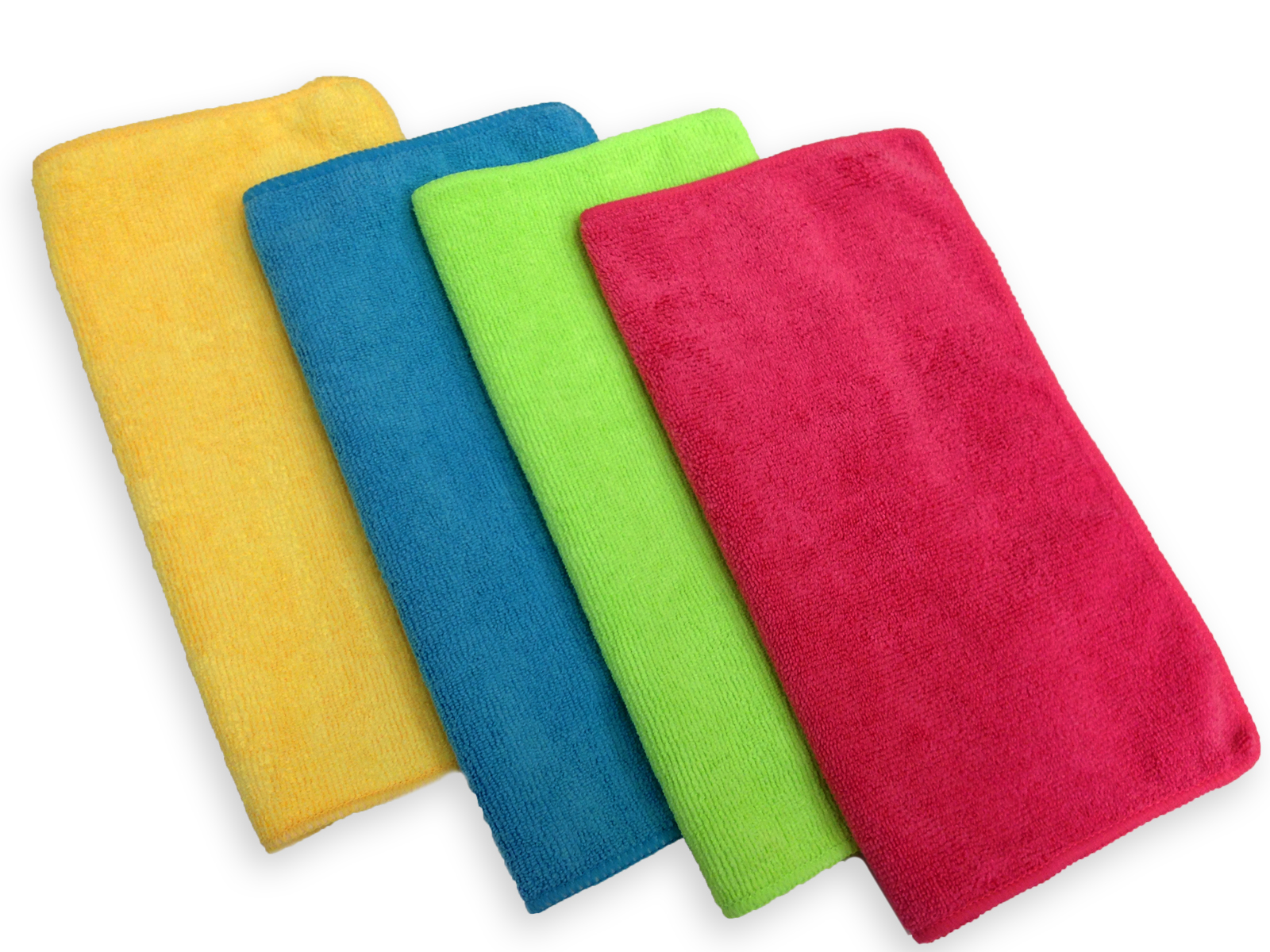

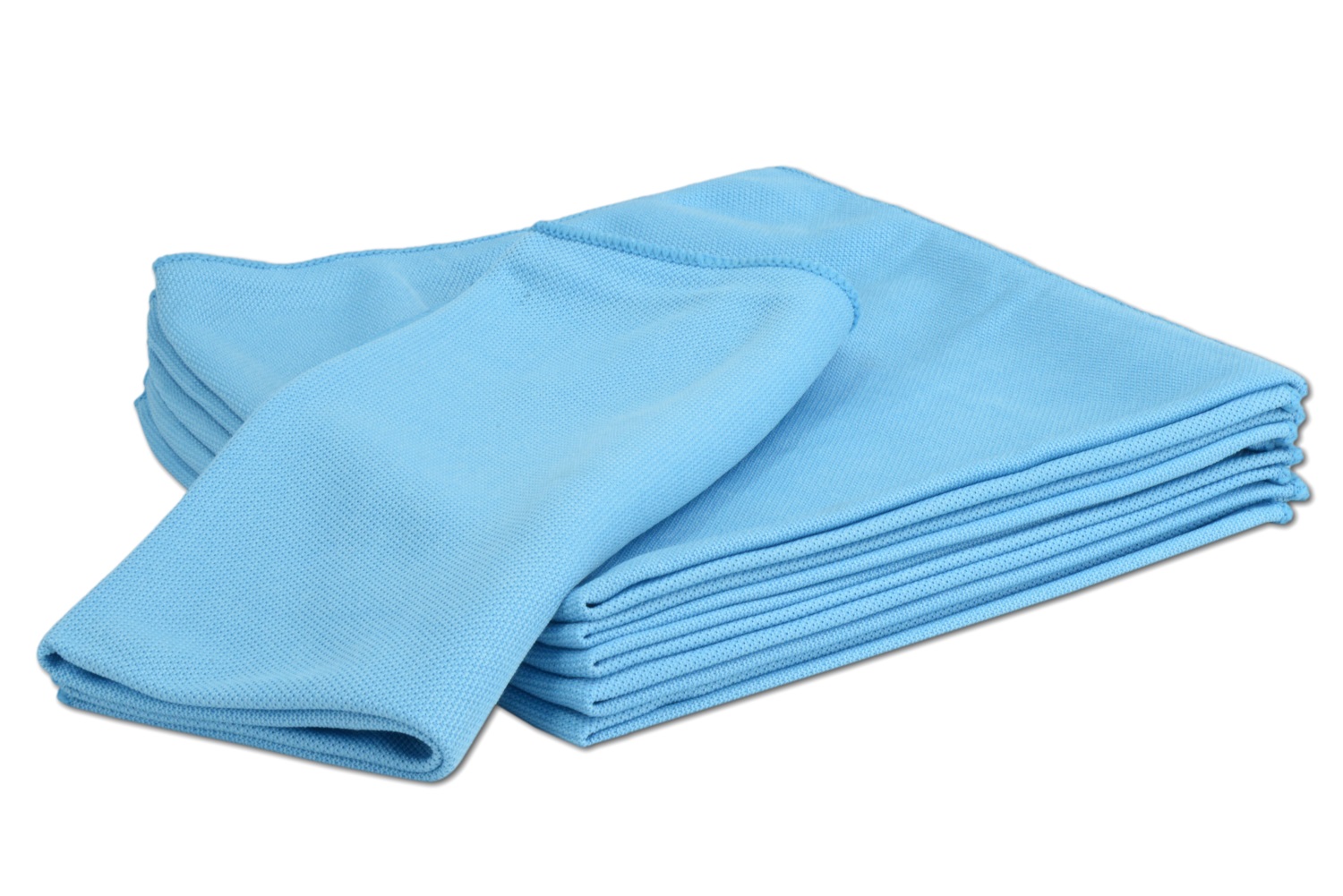

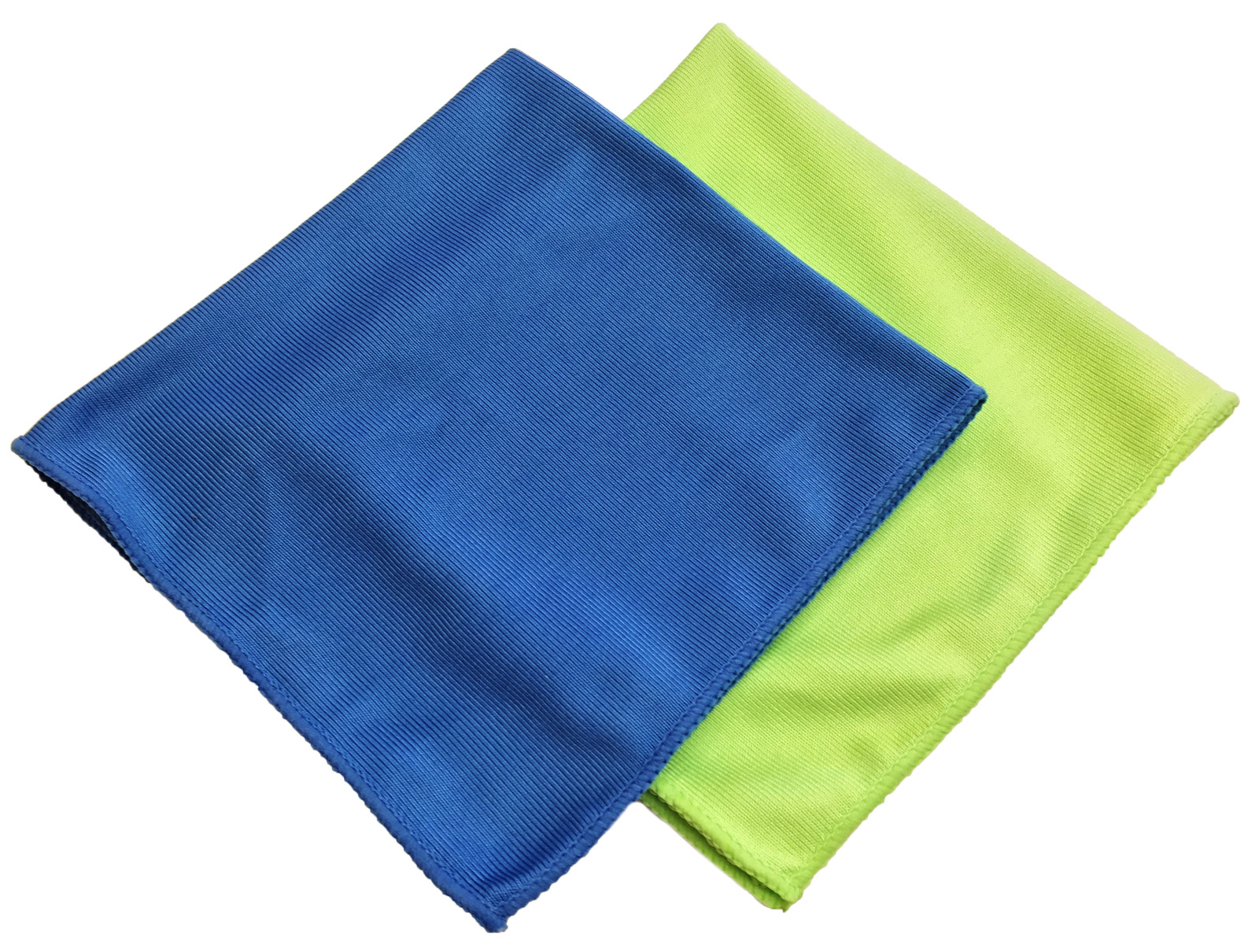
/microfiber-twenty20_a8651f11-ff22-4a0e-b84a-b5e0801b6ef3-5943dbb65f9b58d58acb34ce.jpg)





